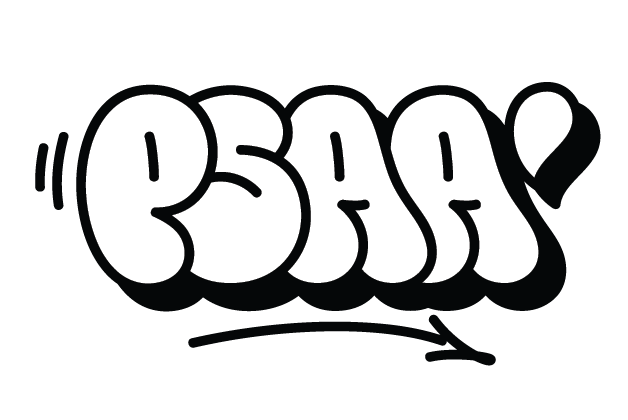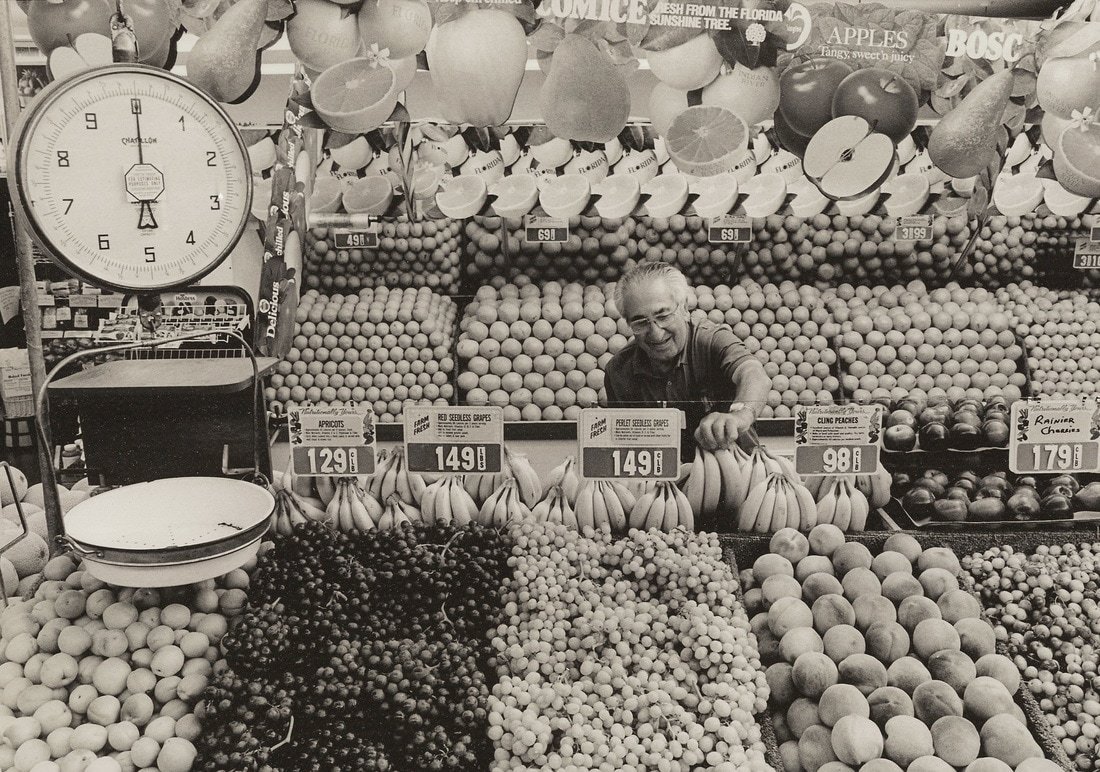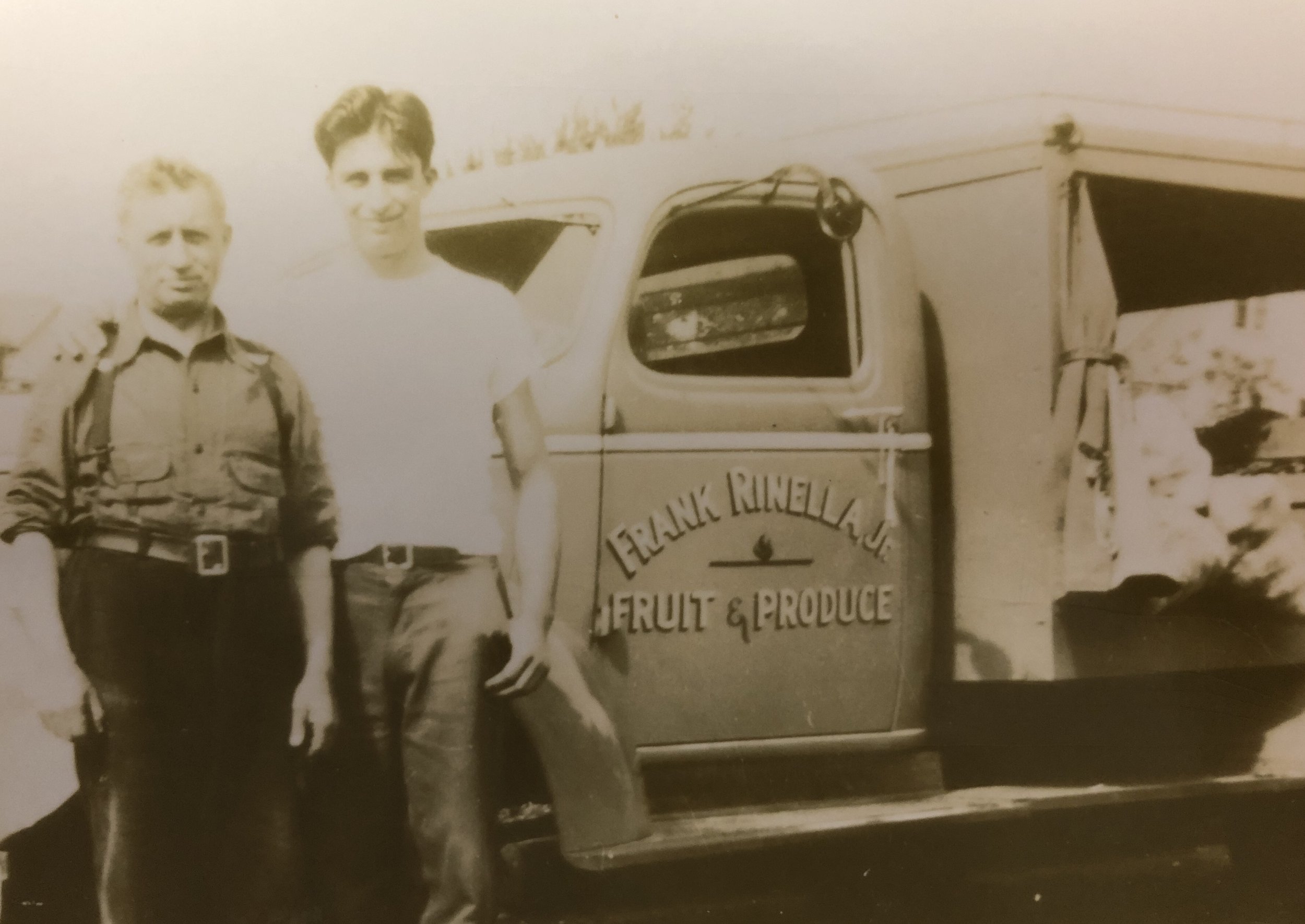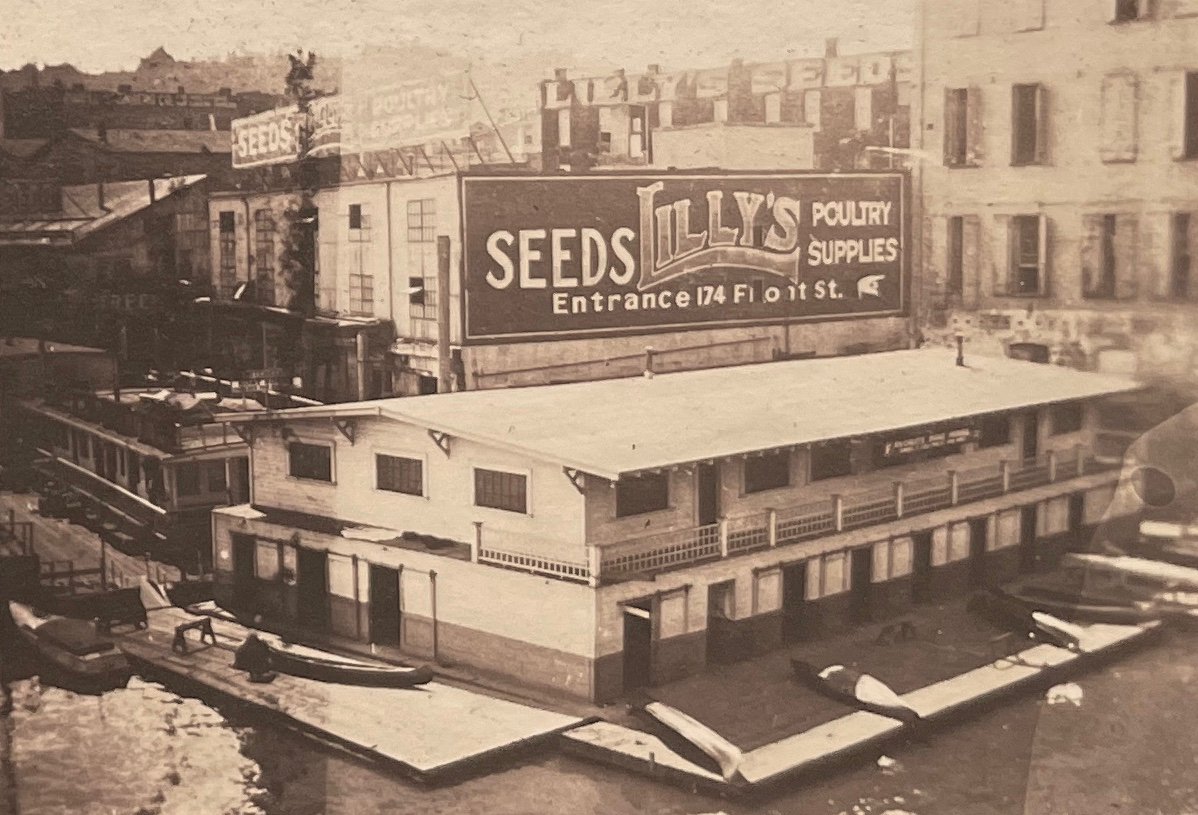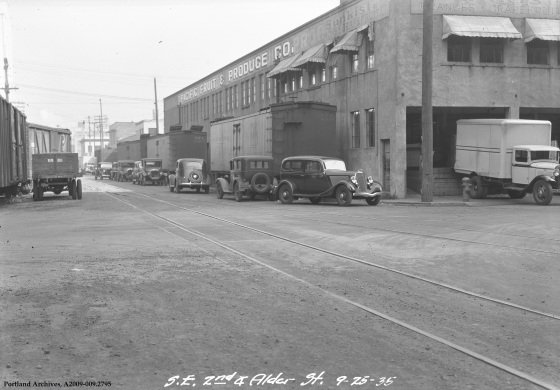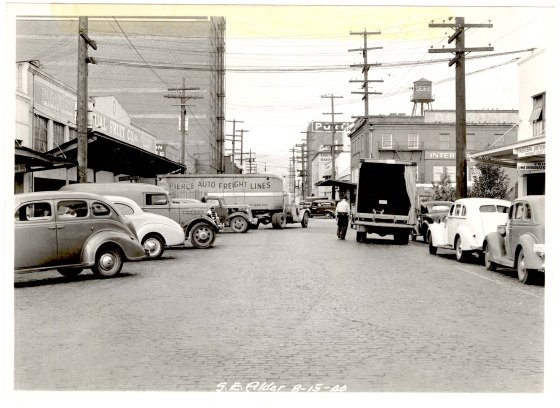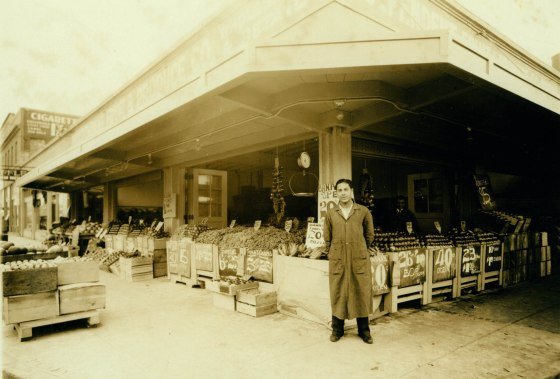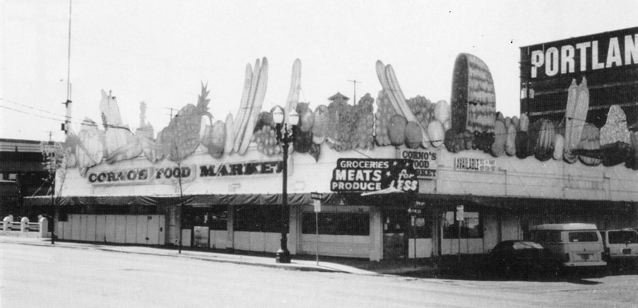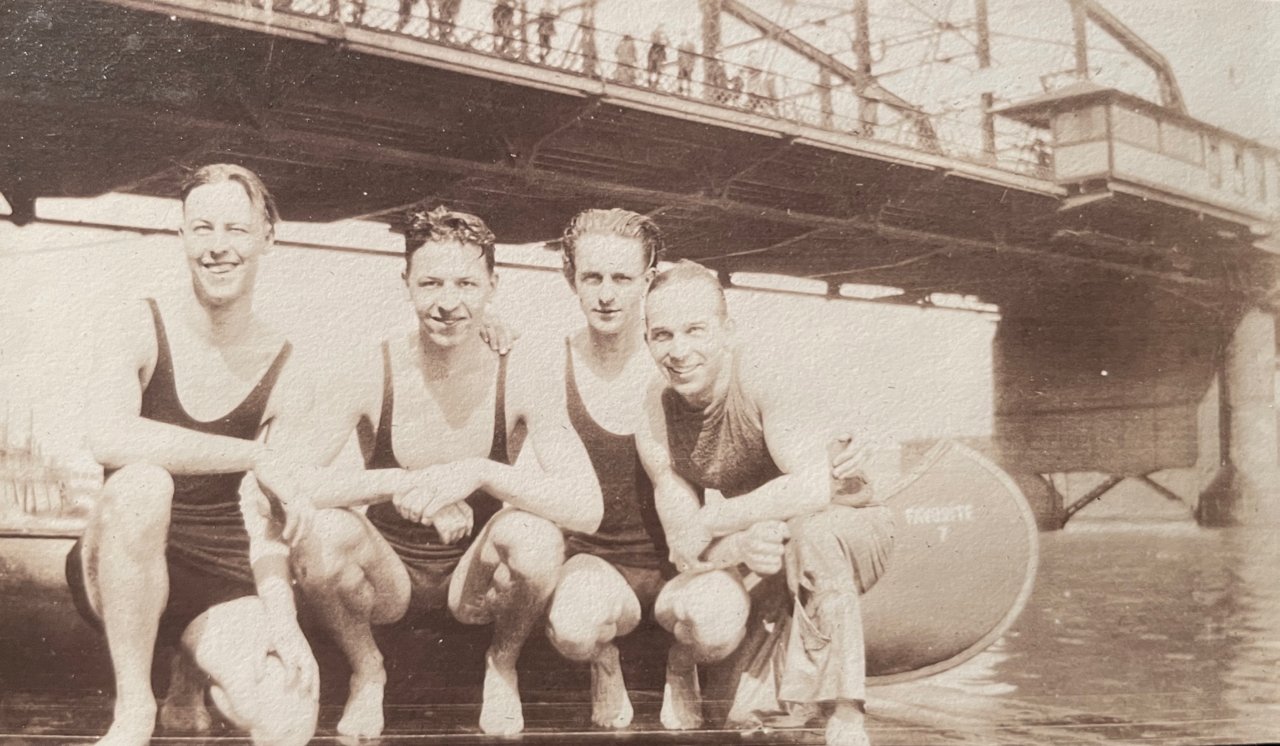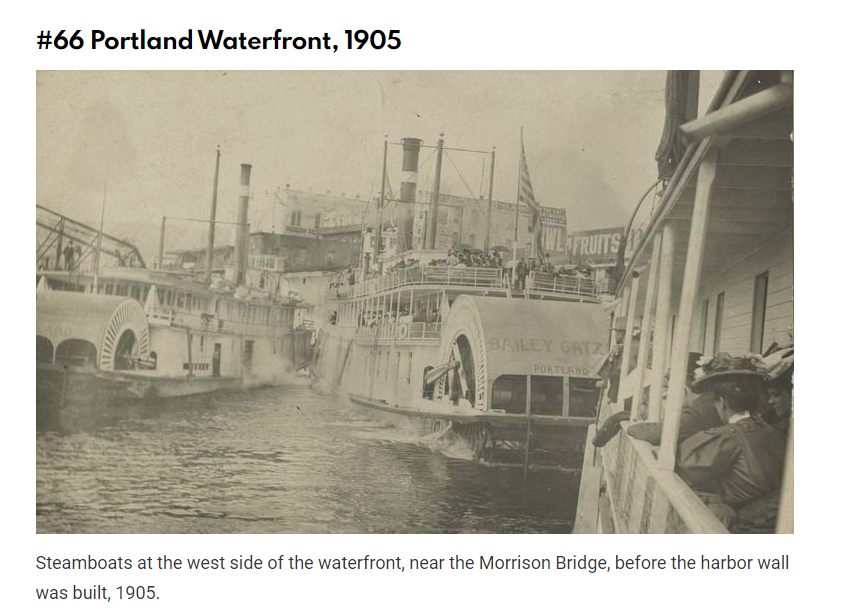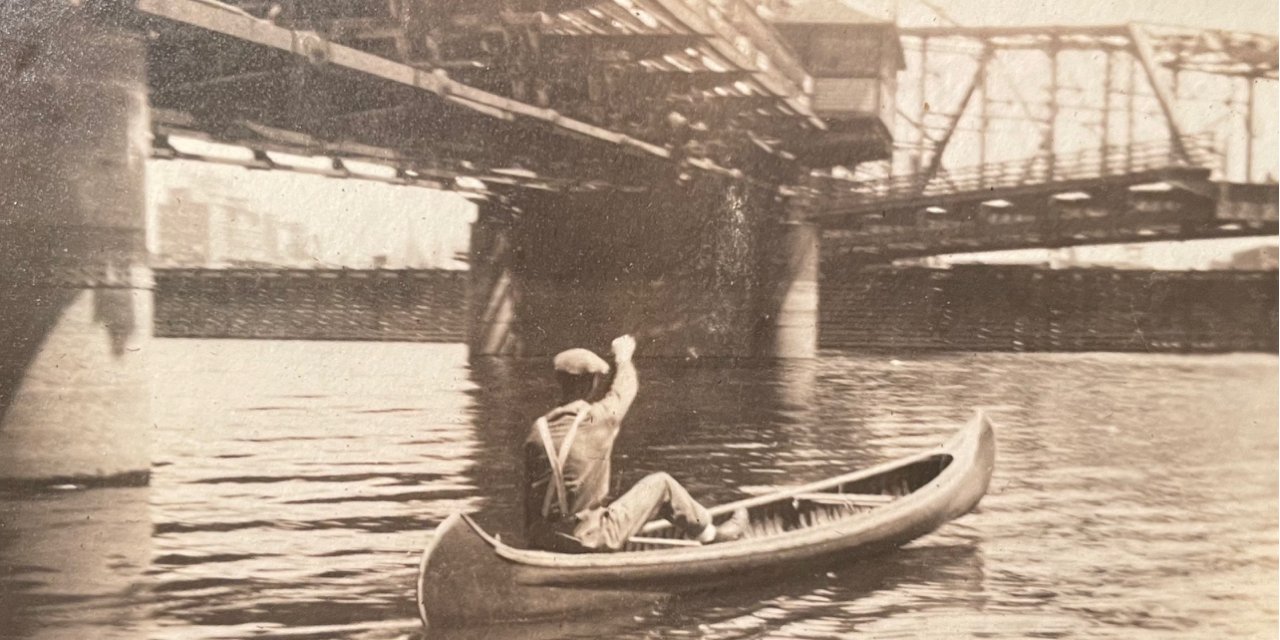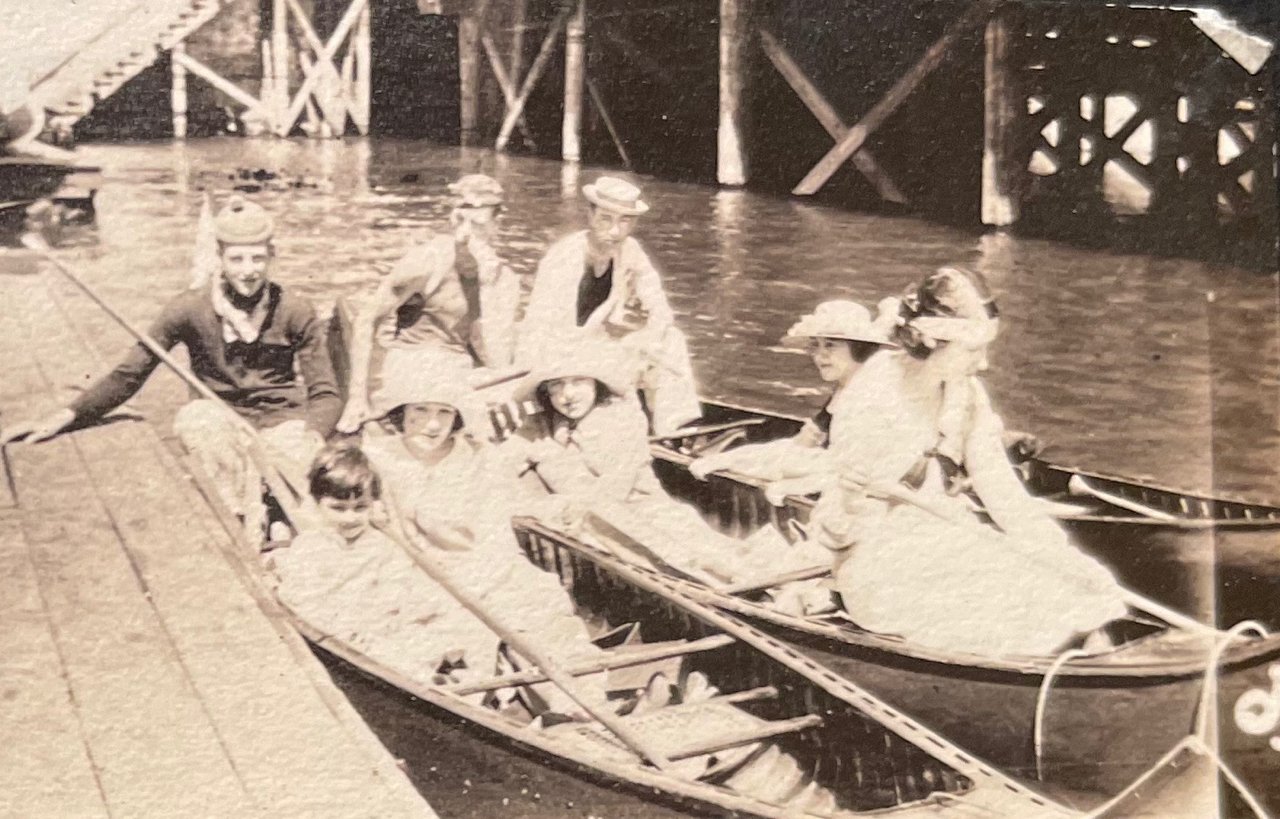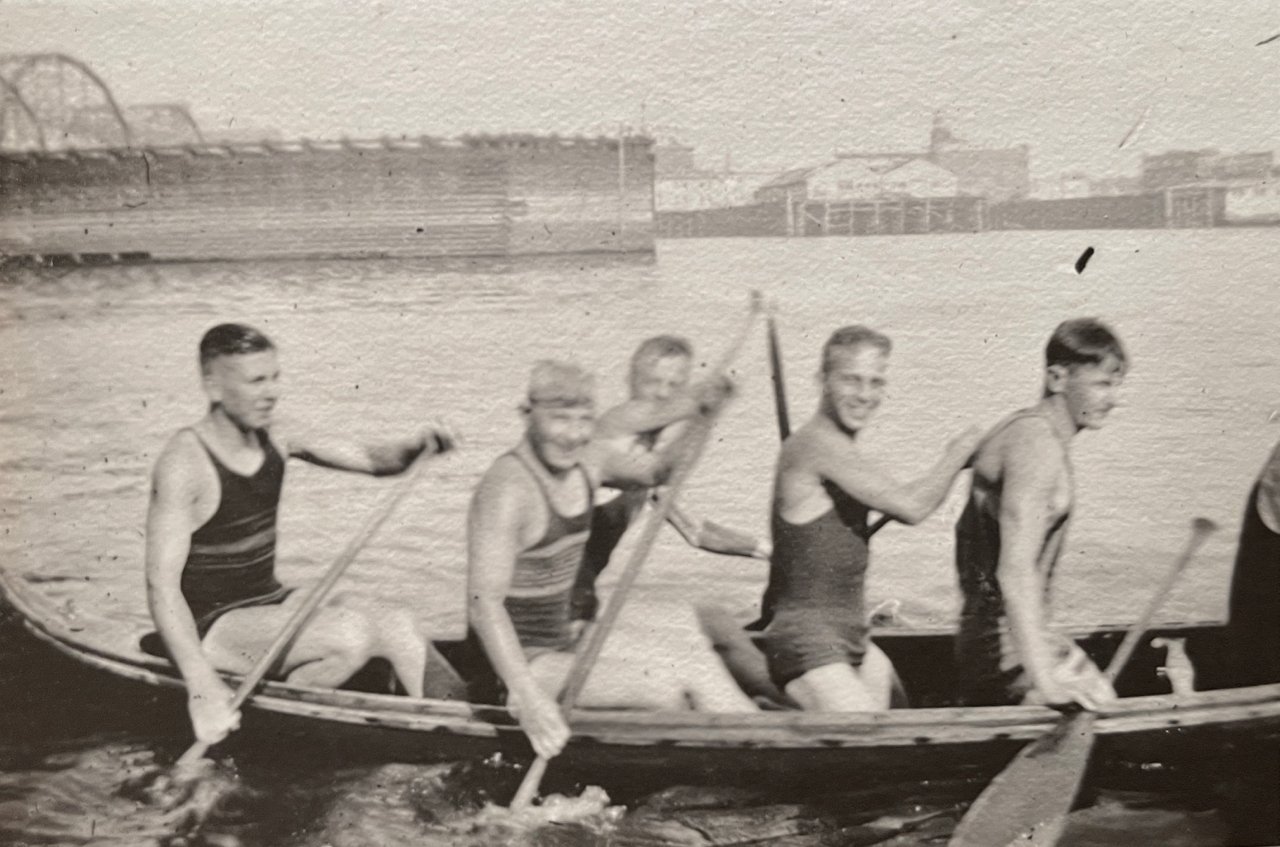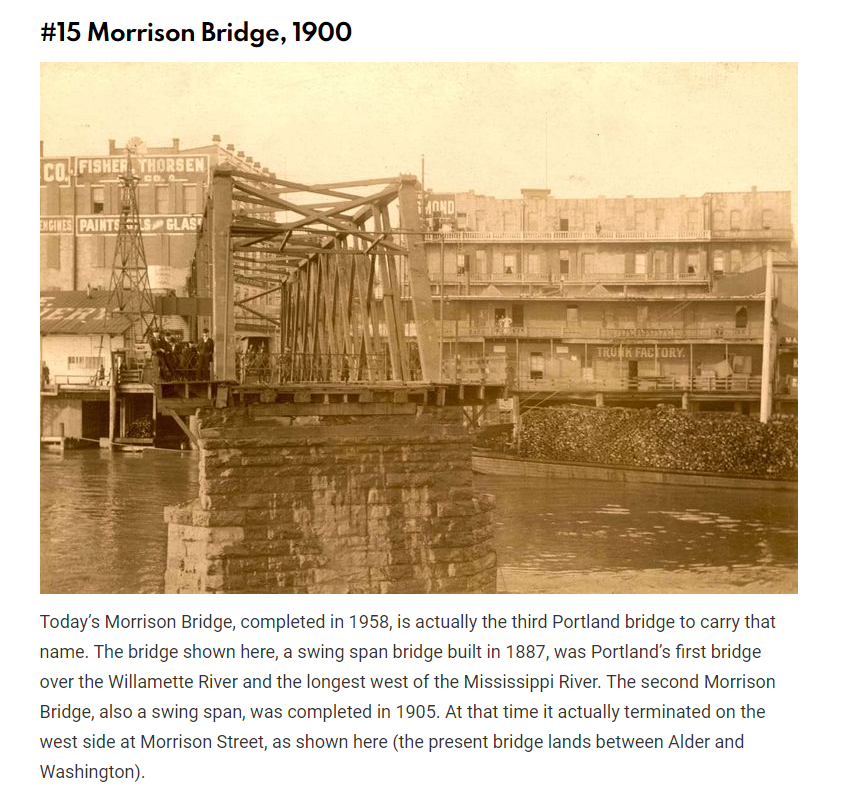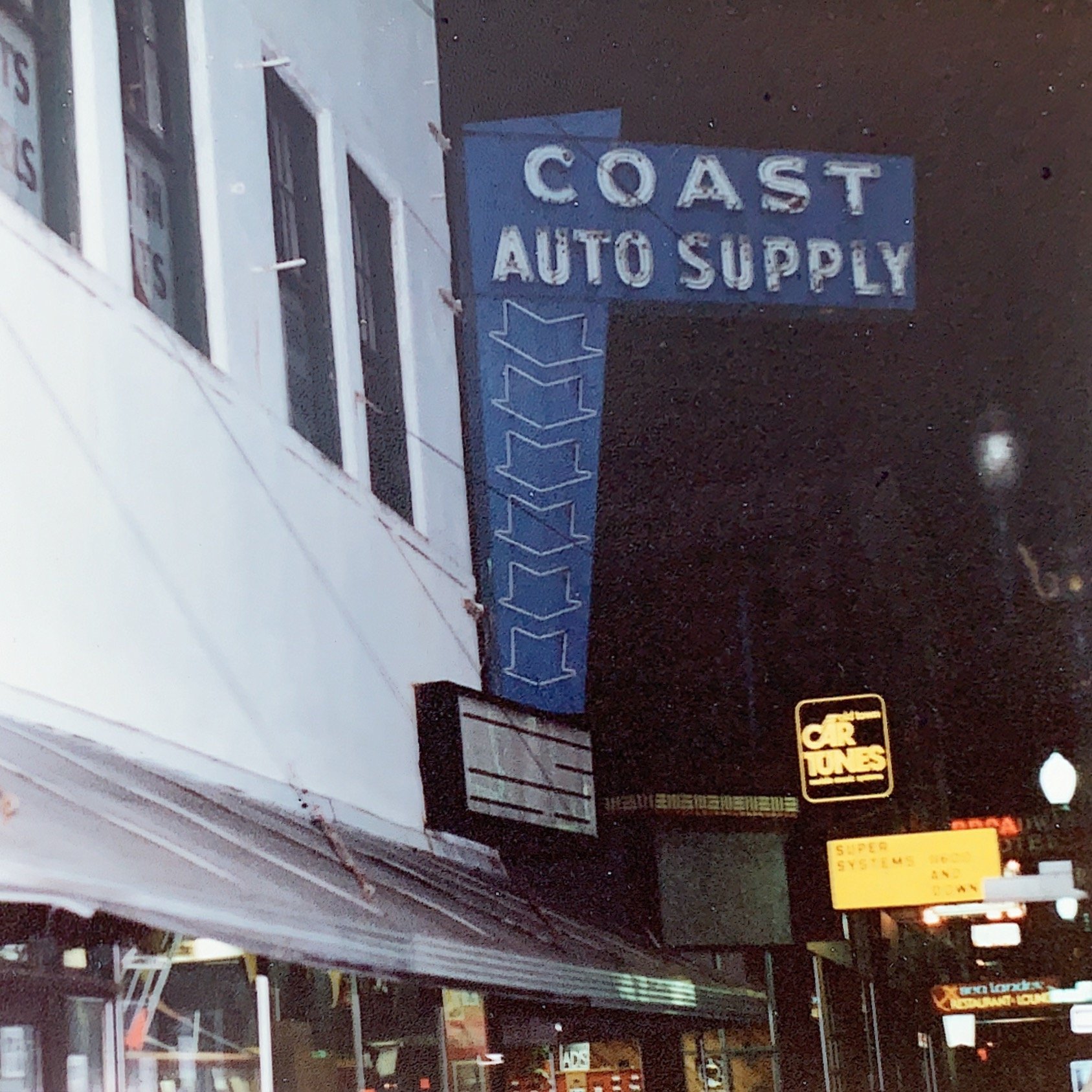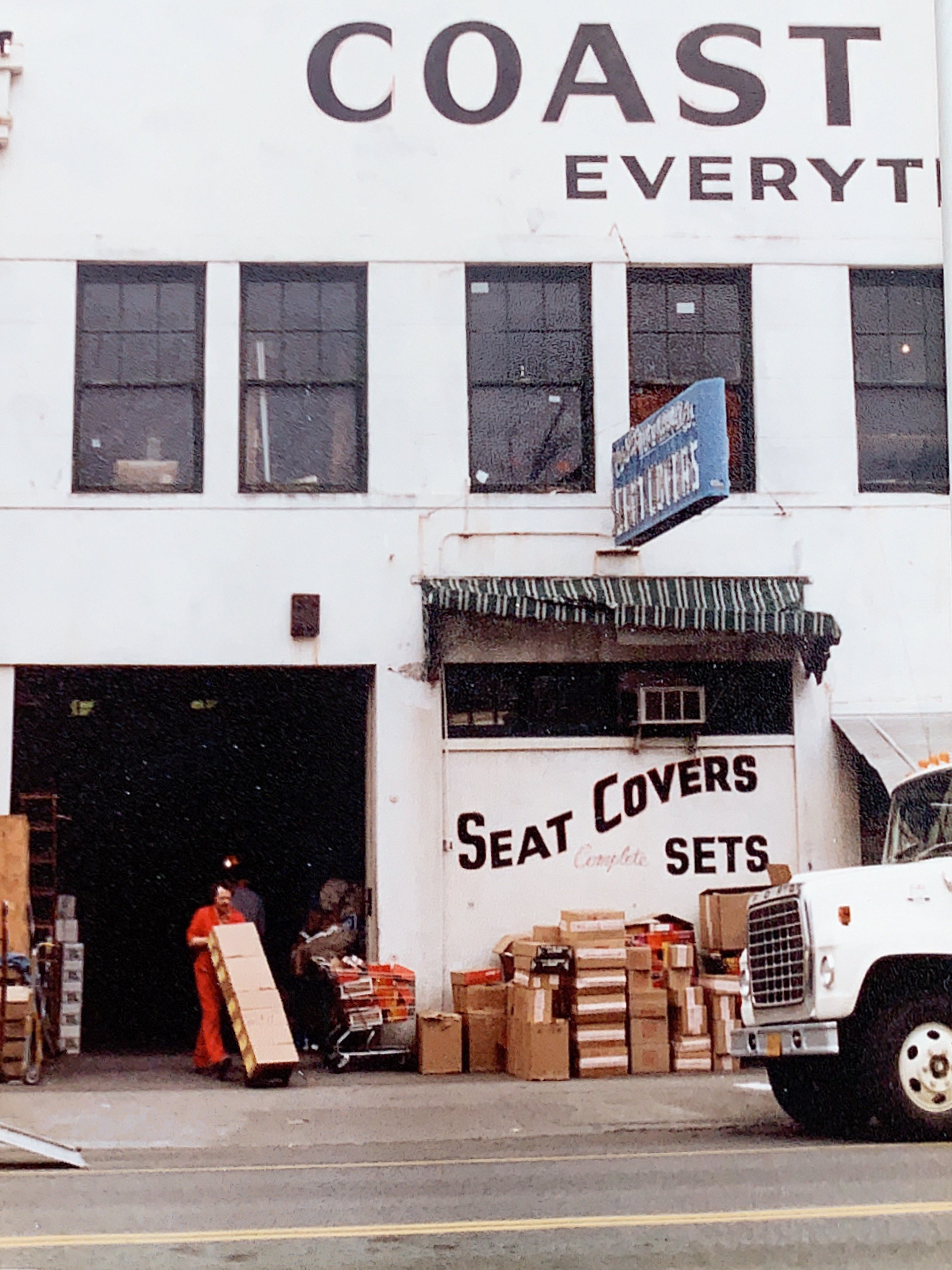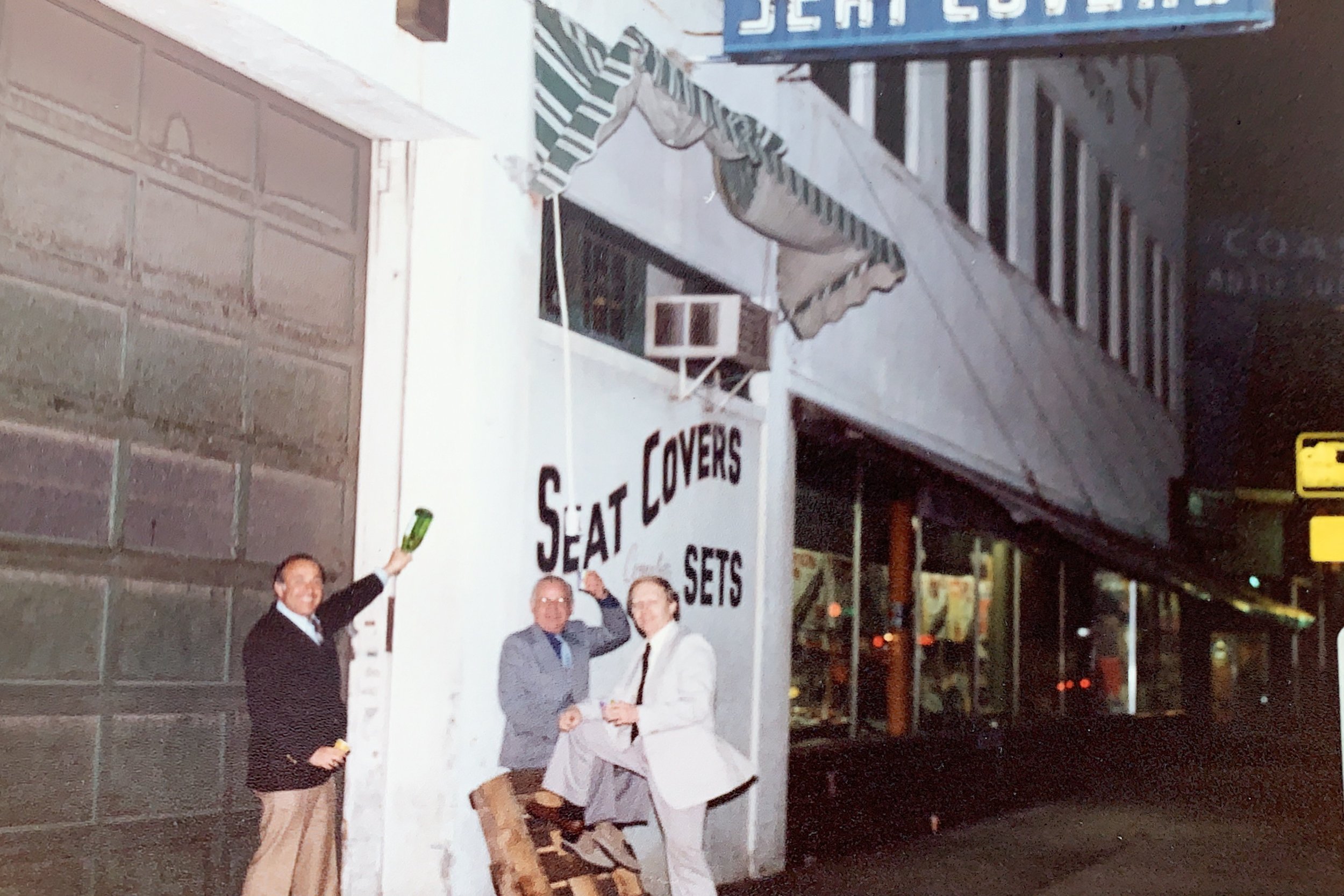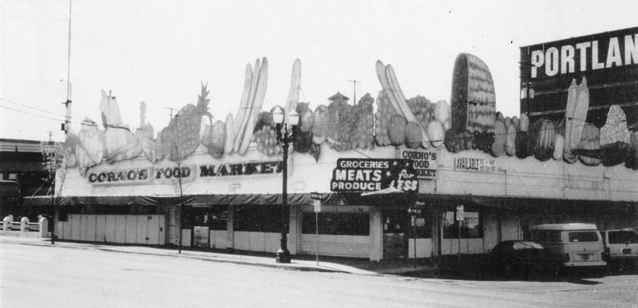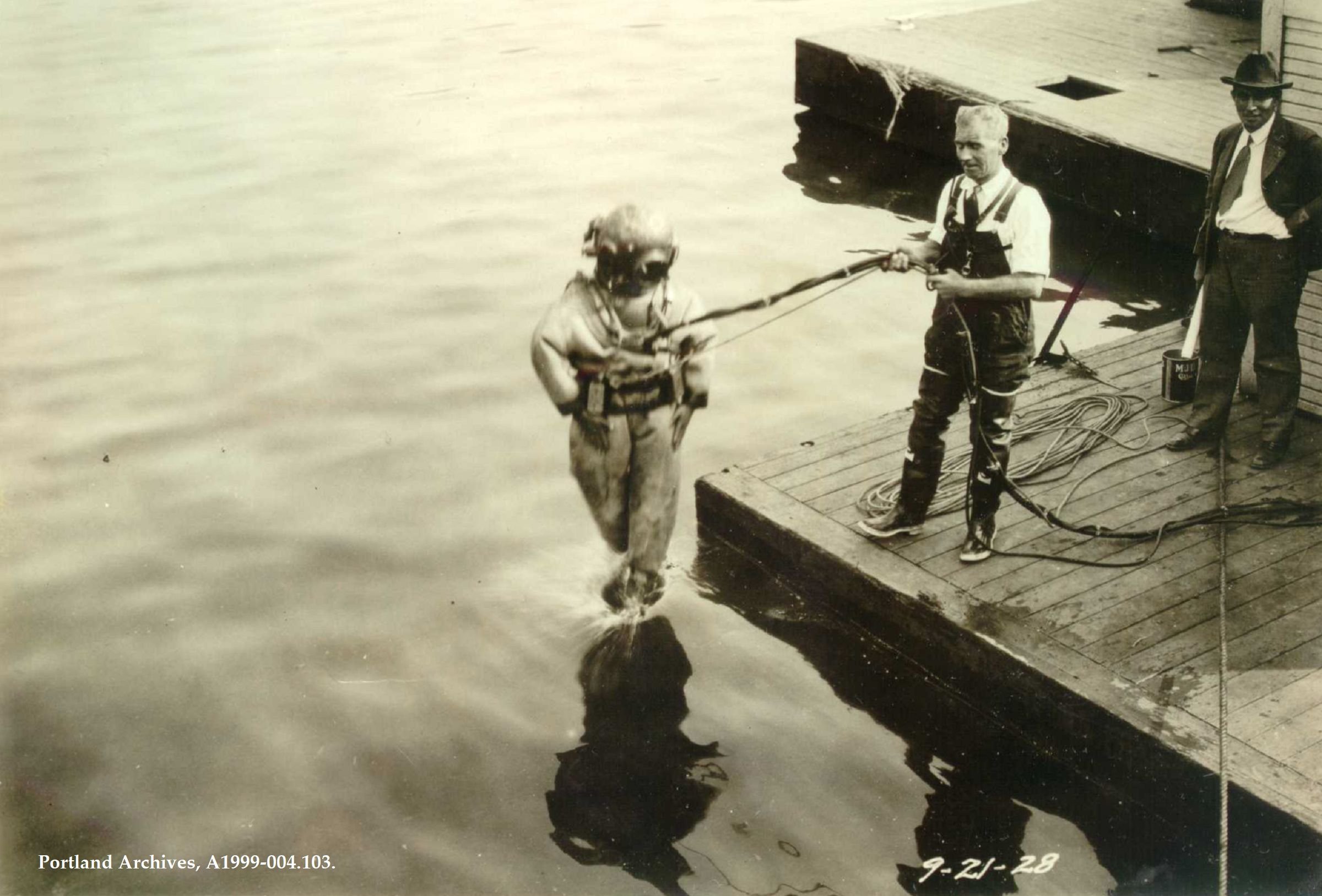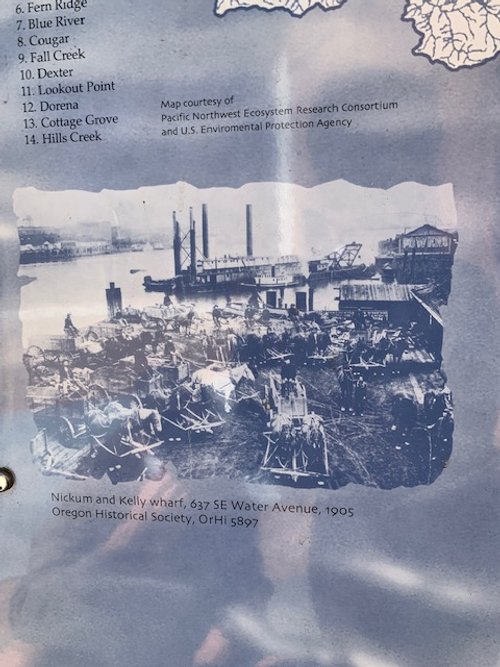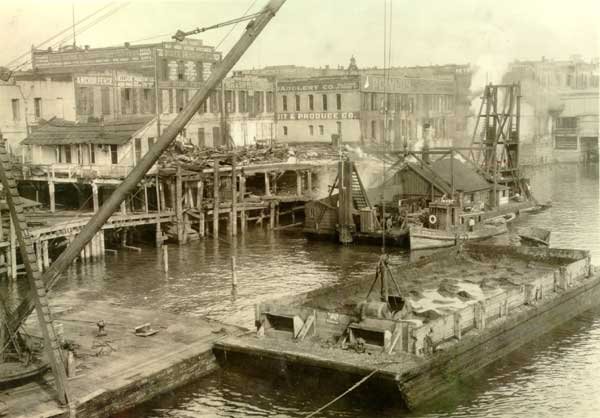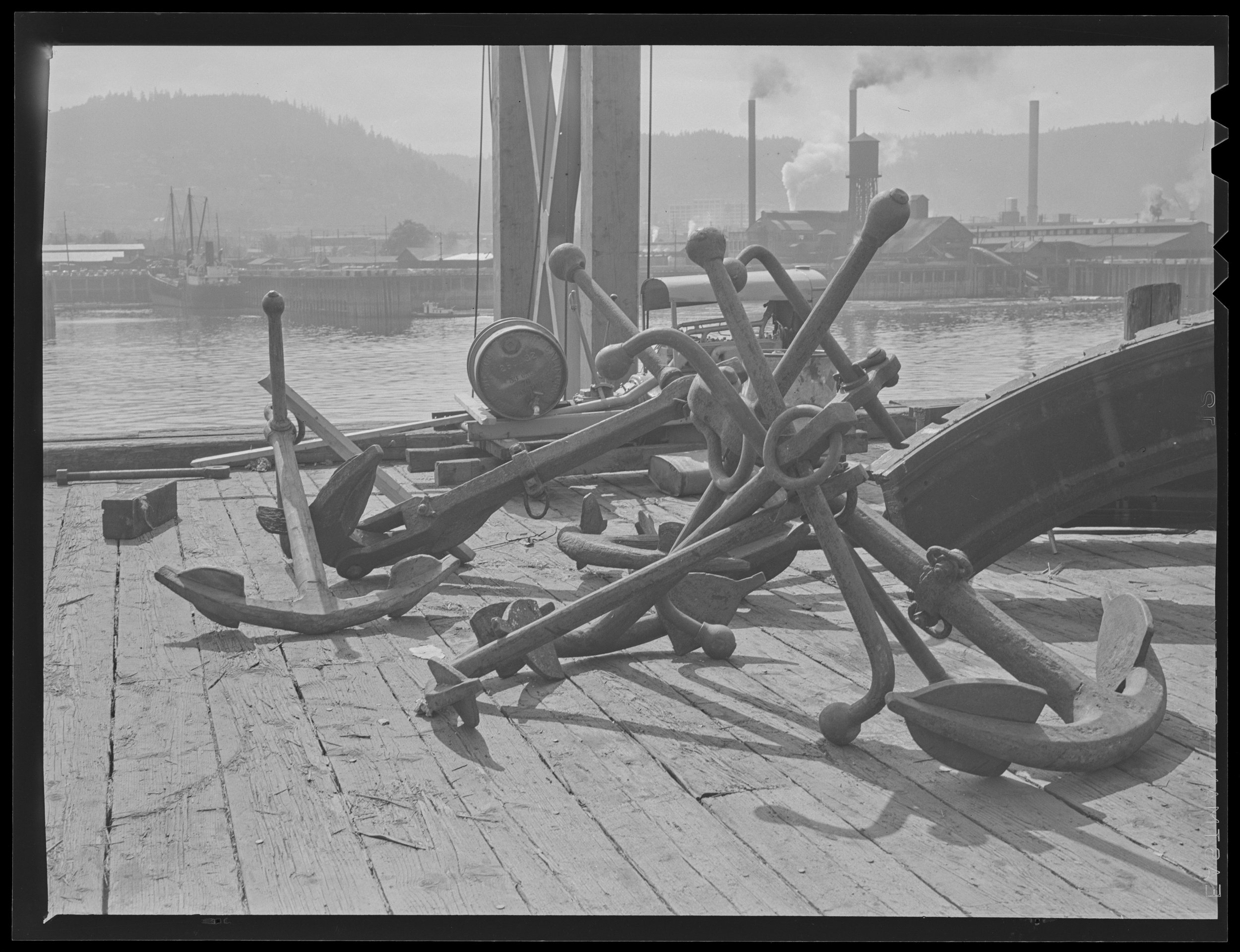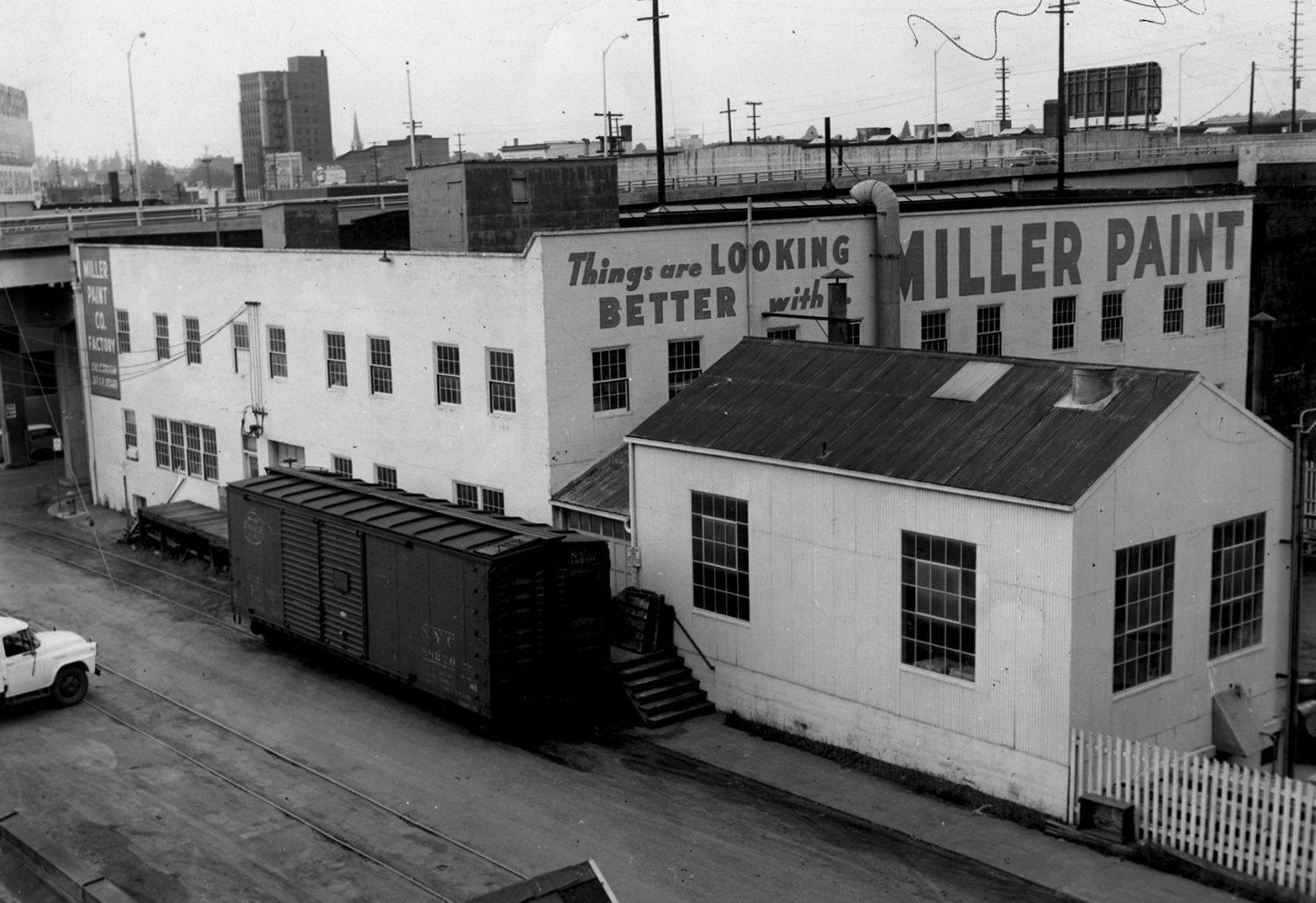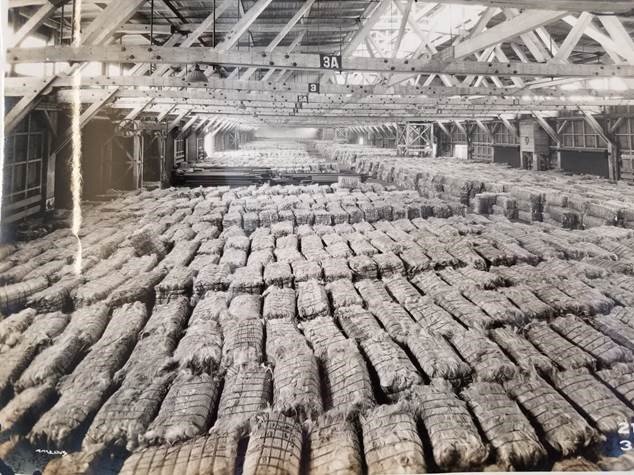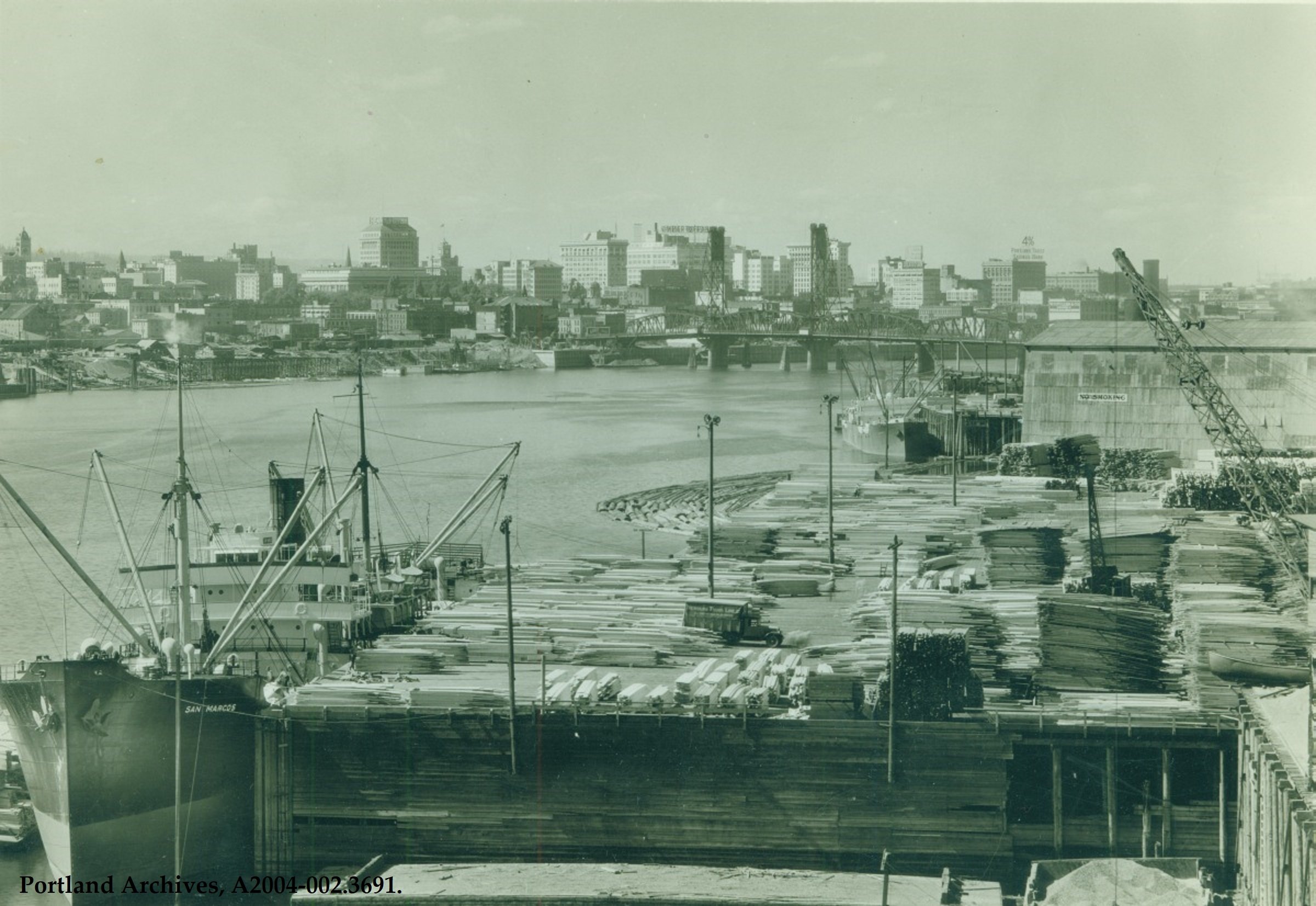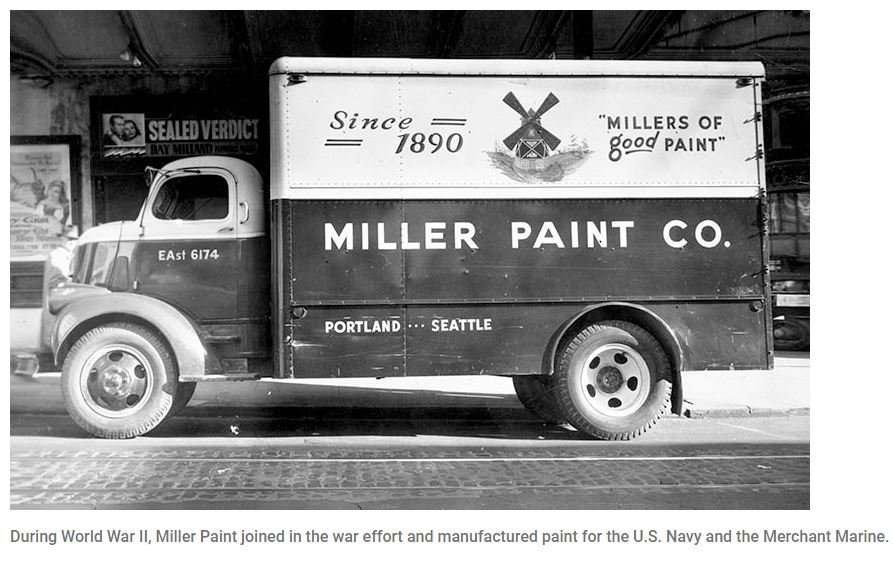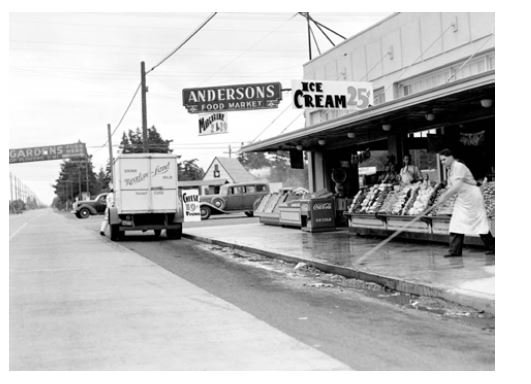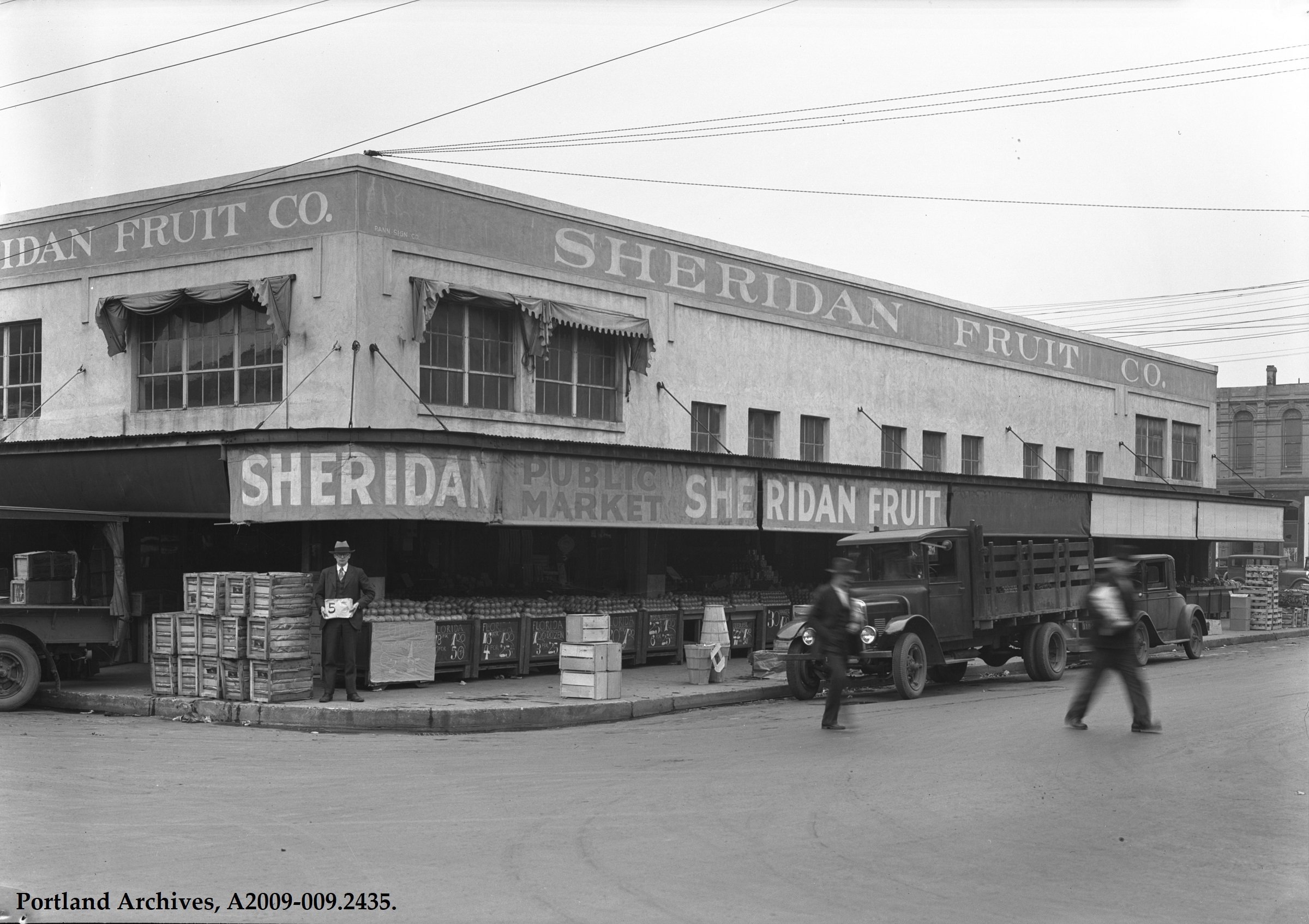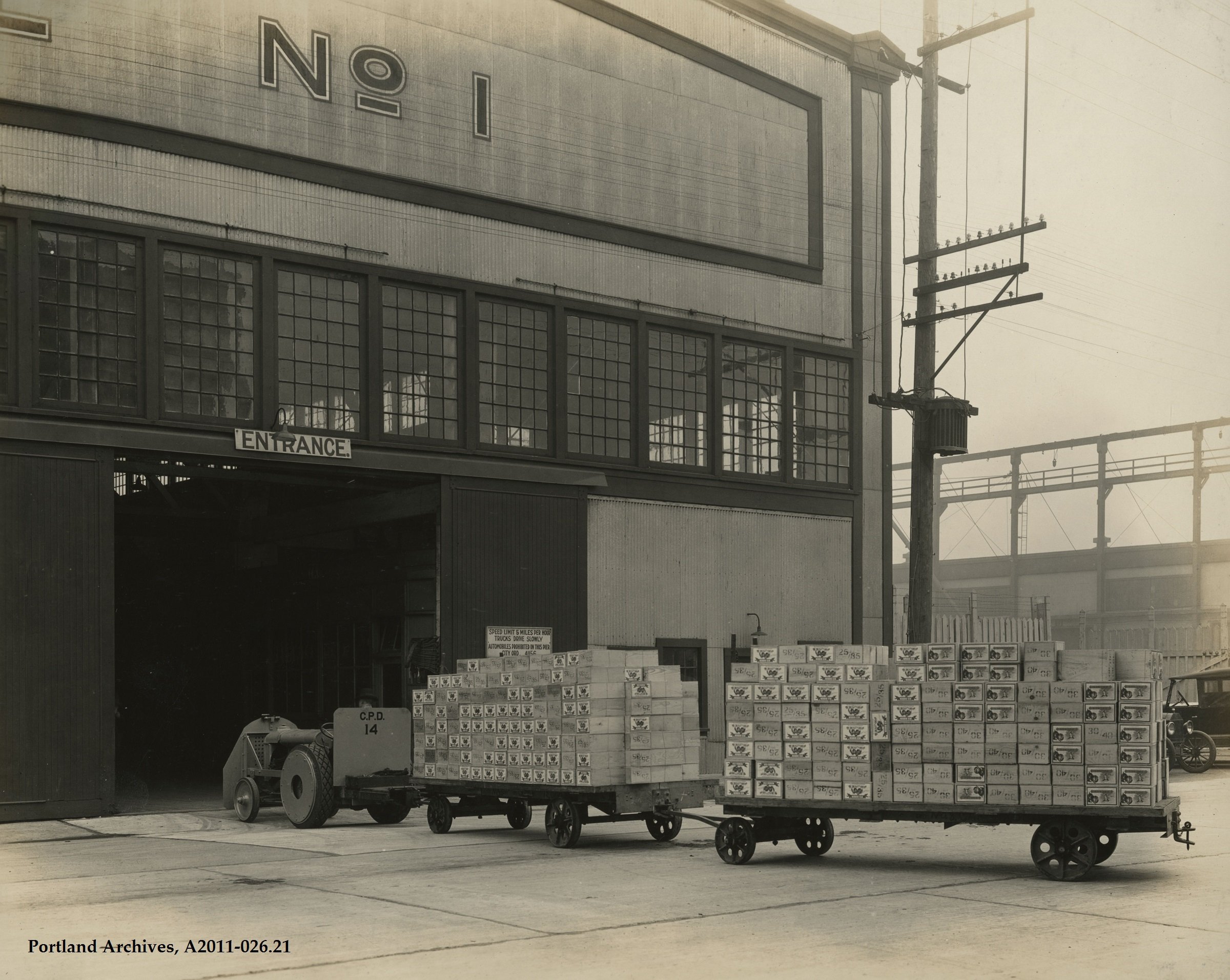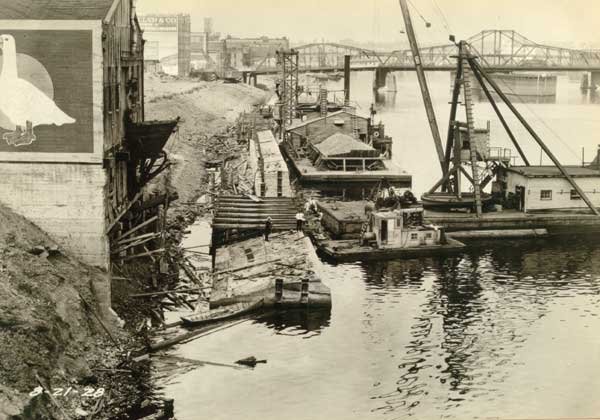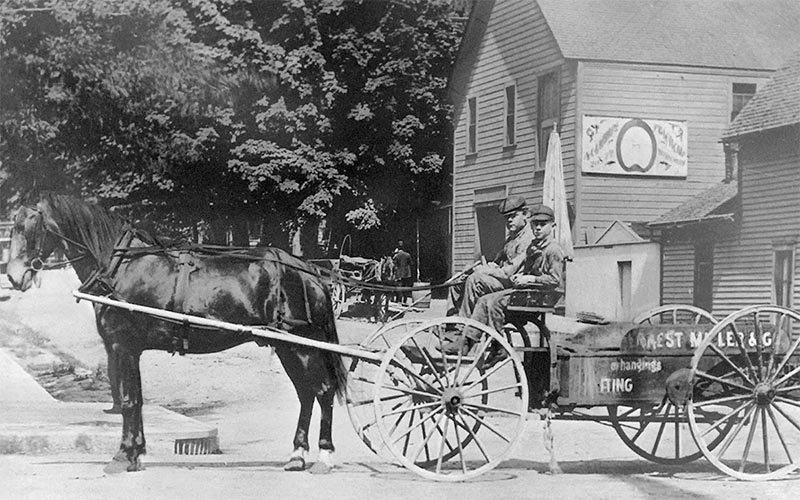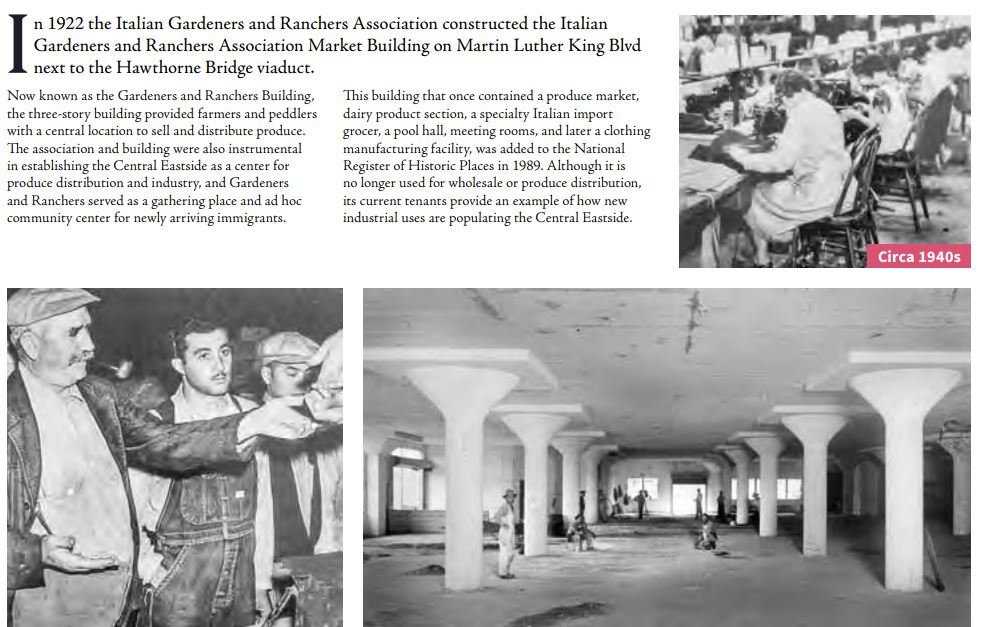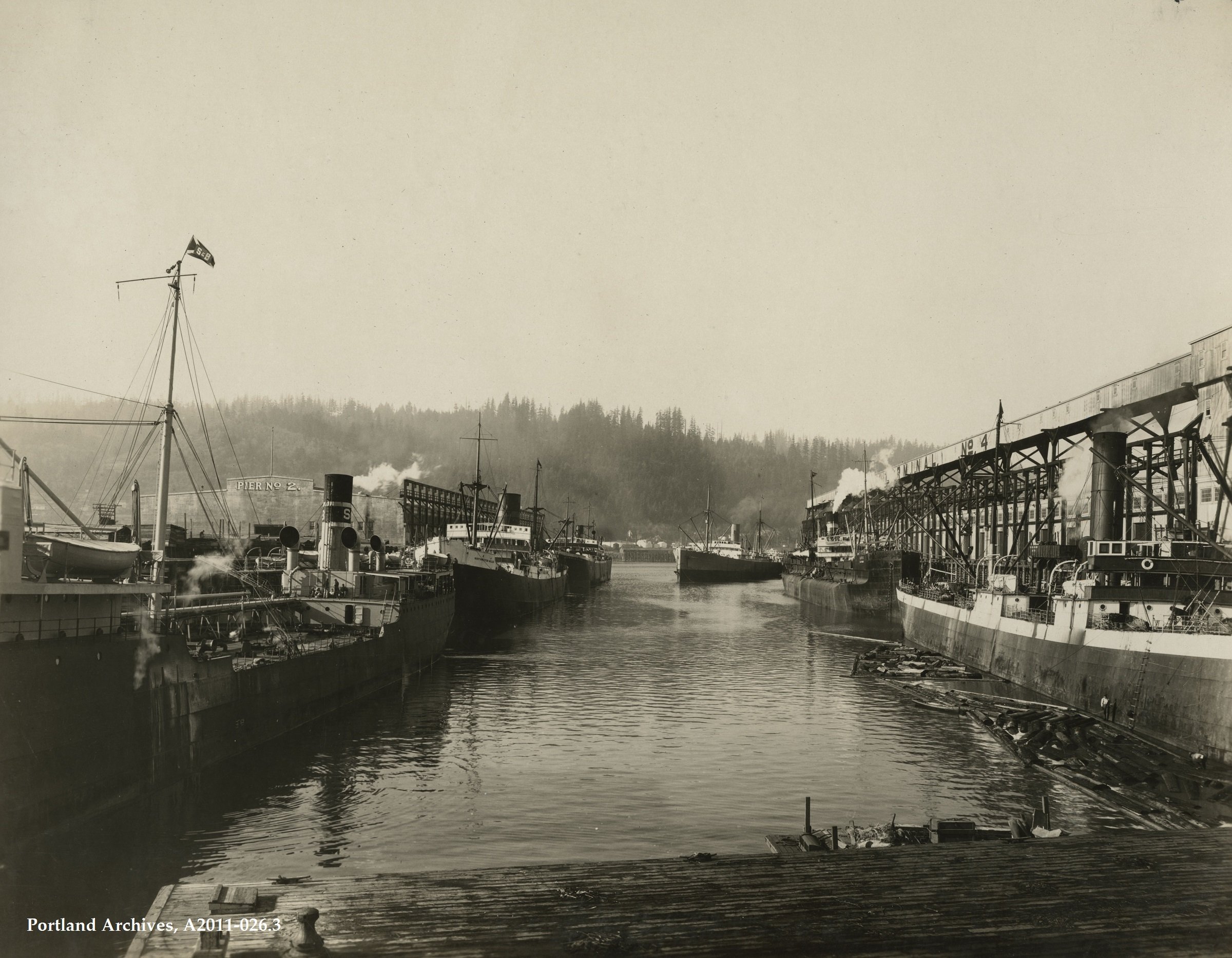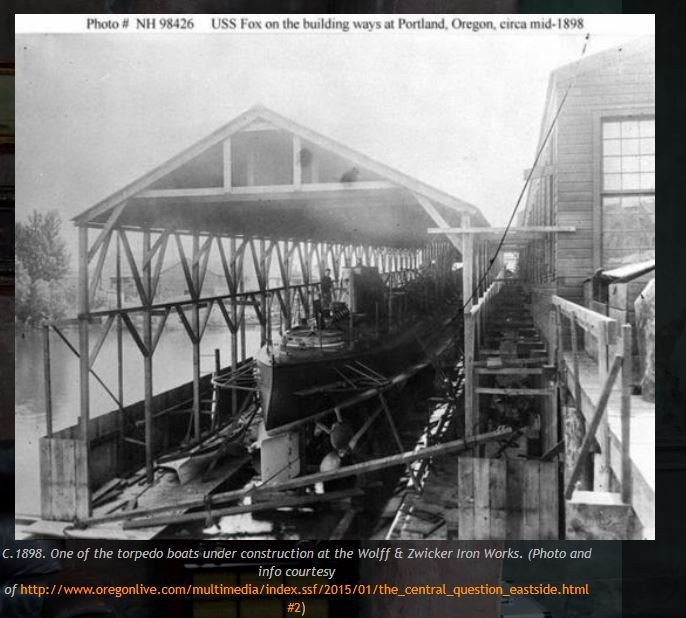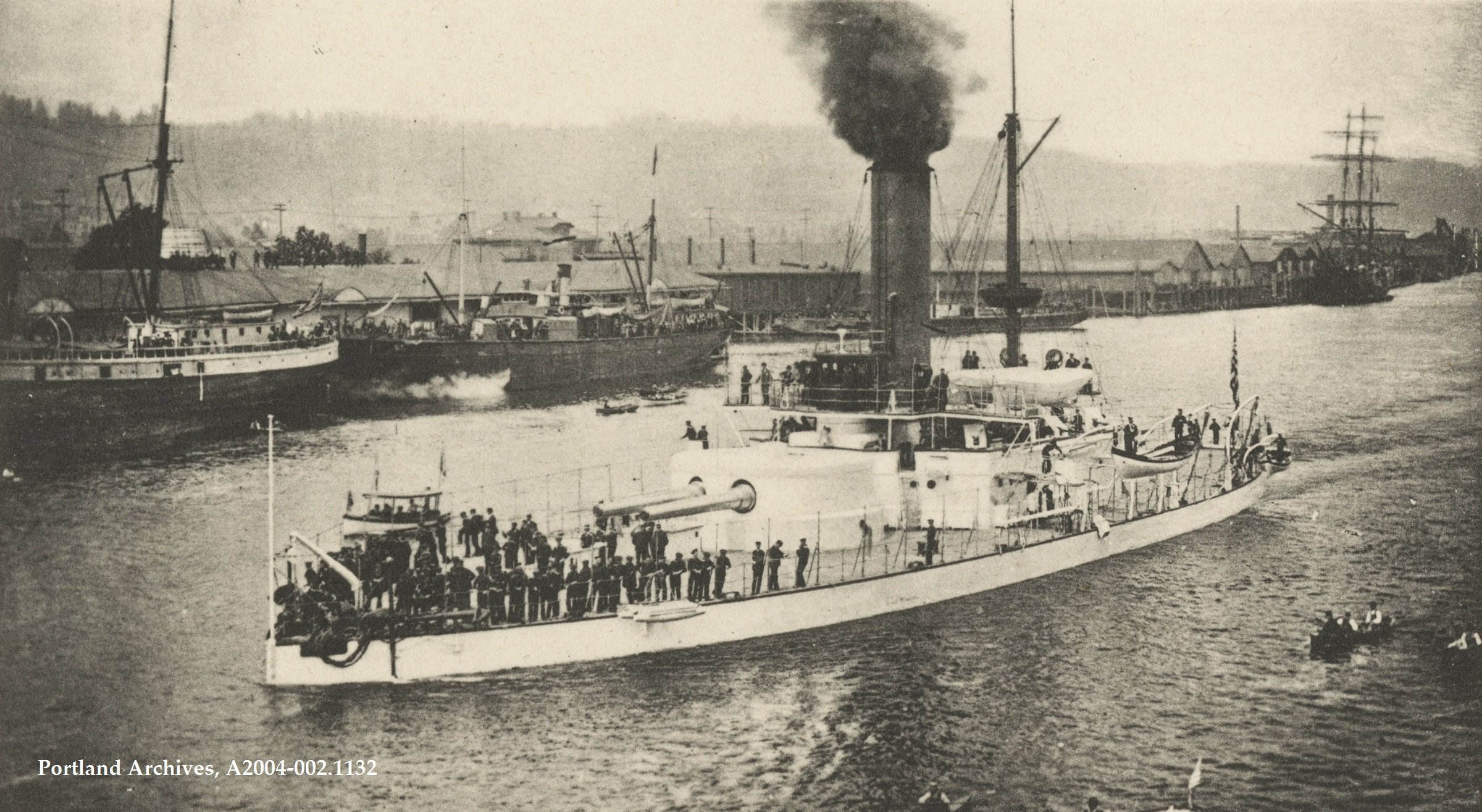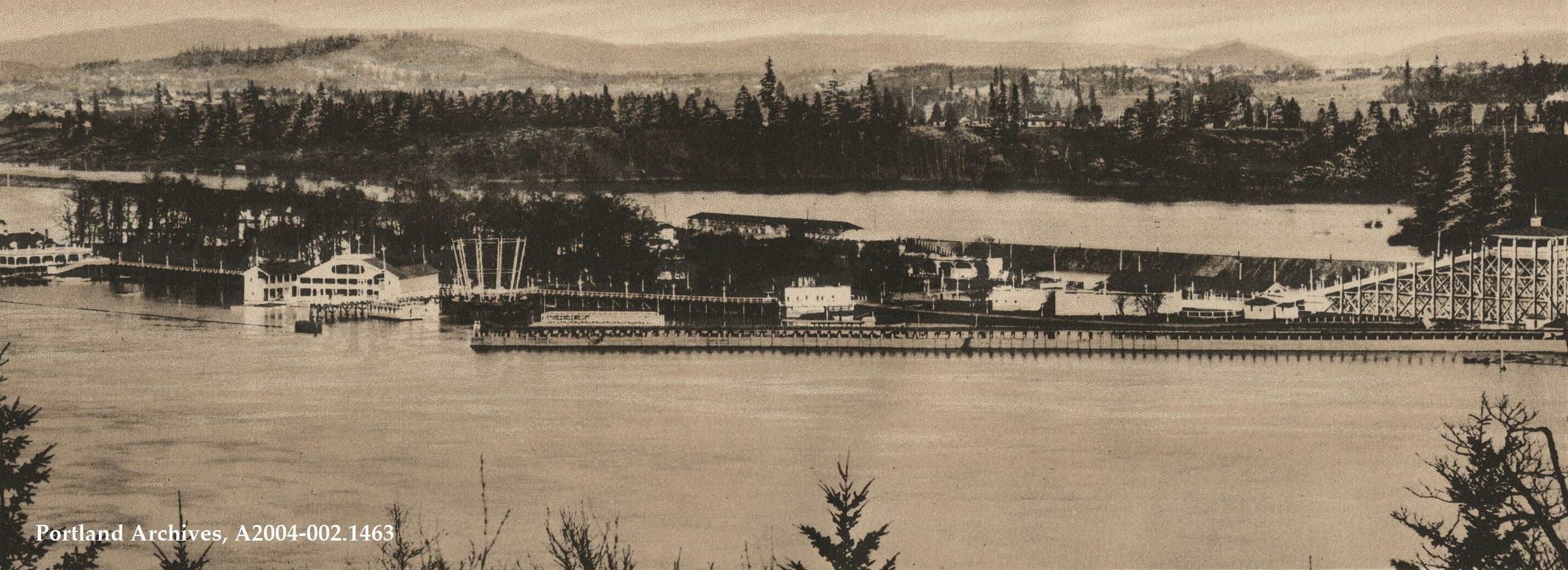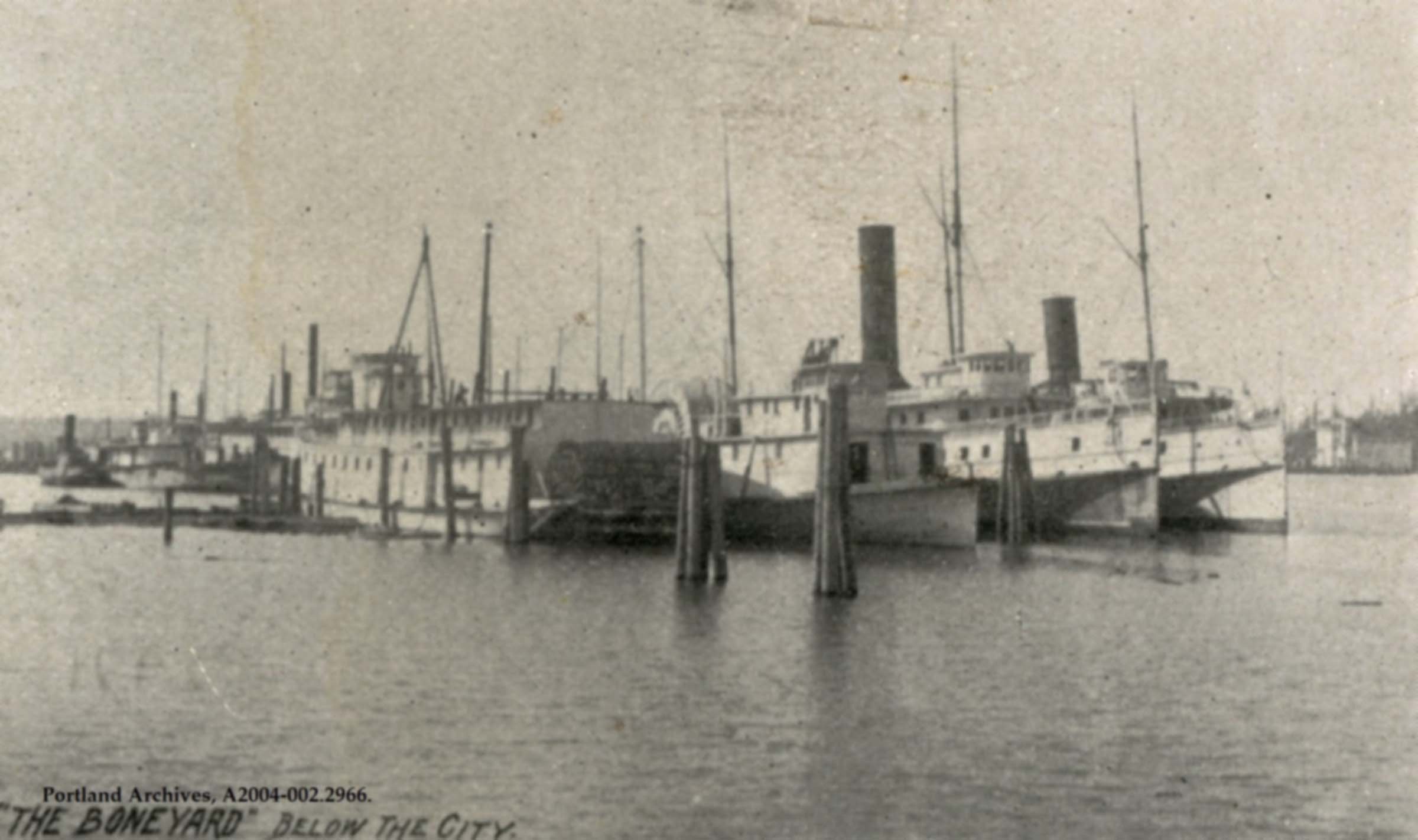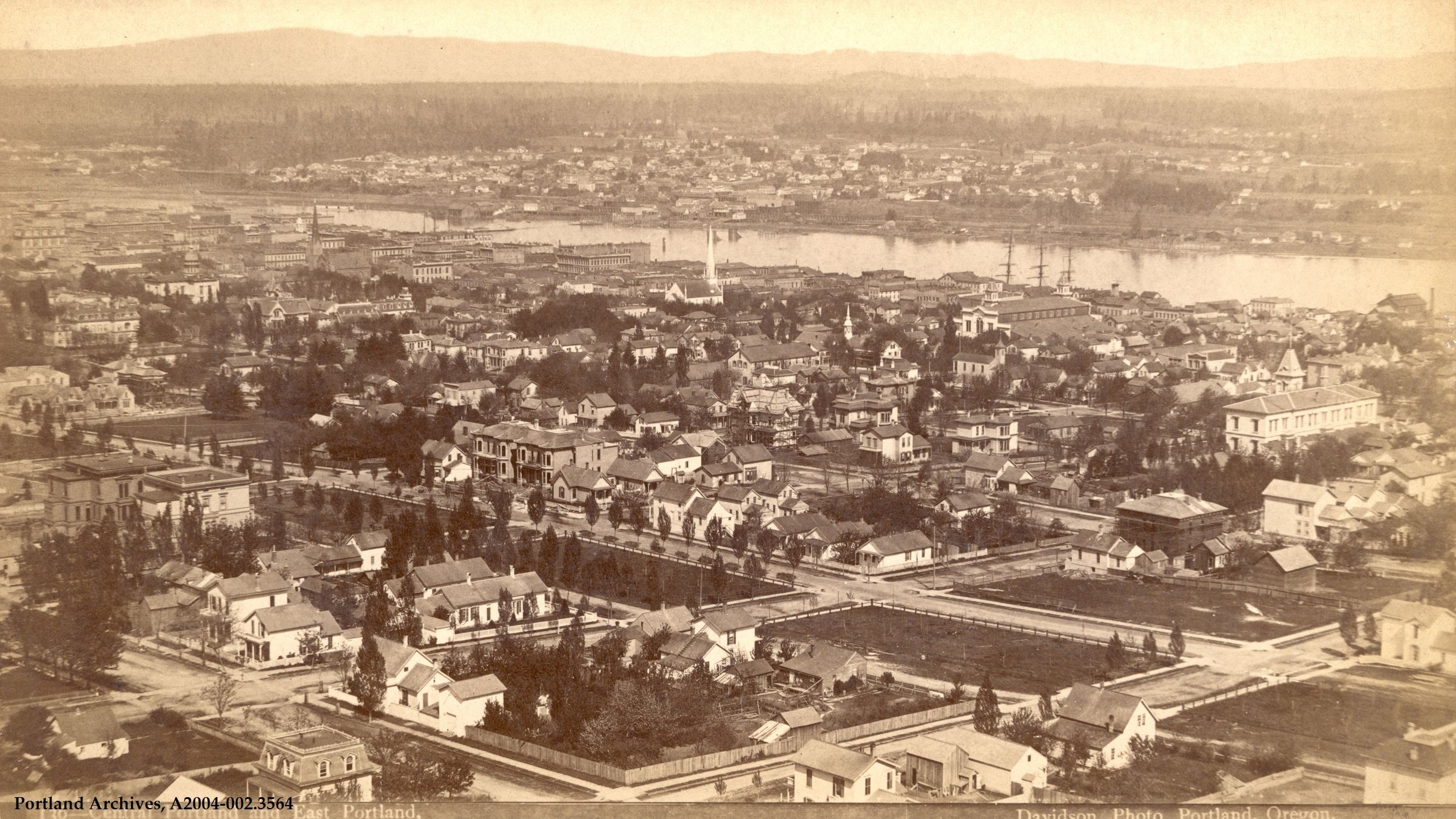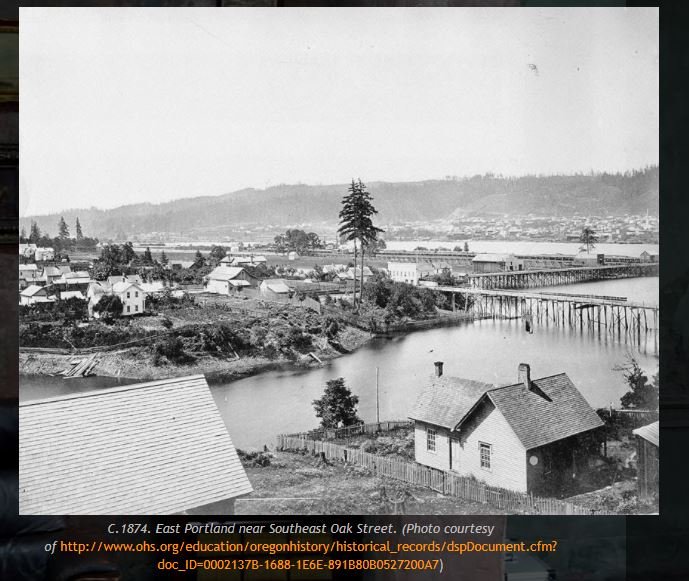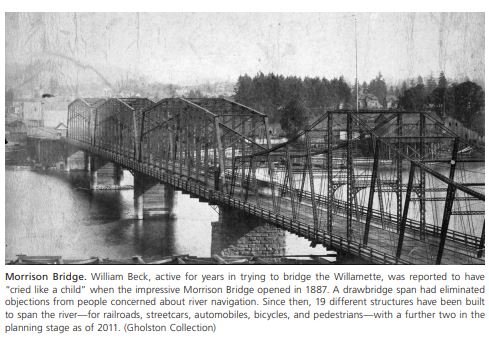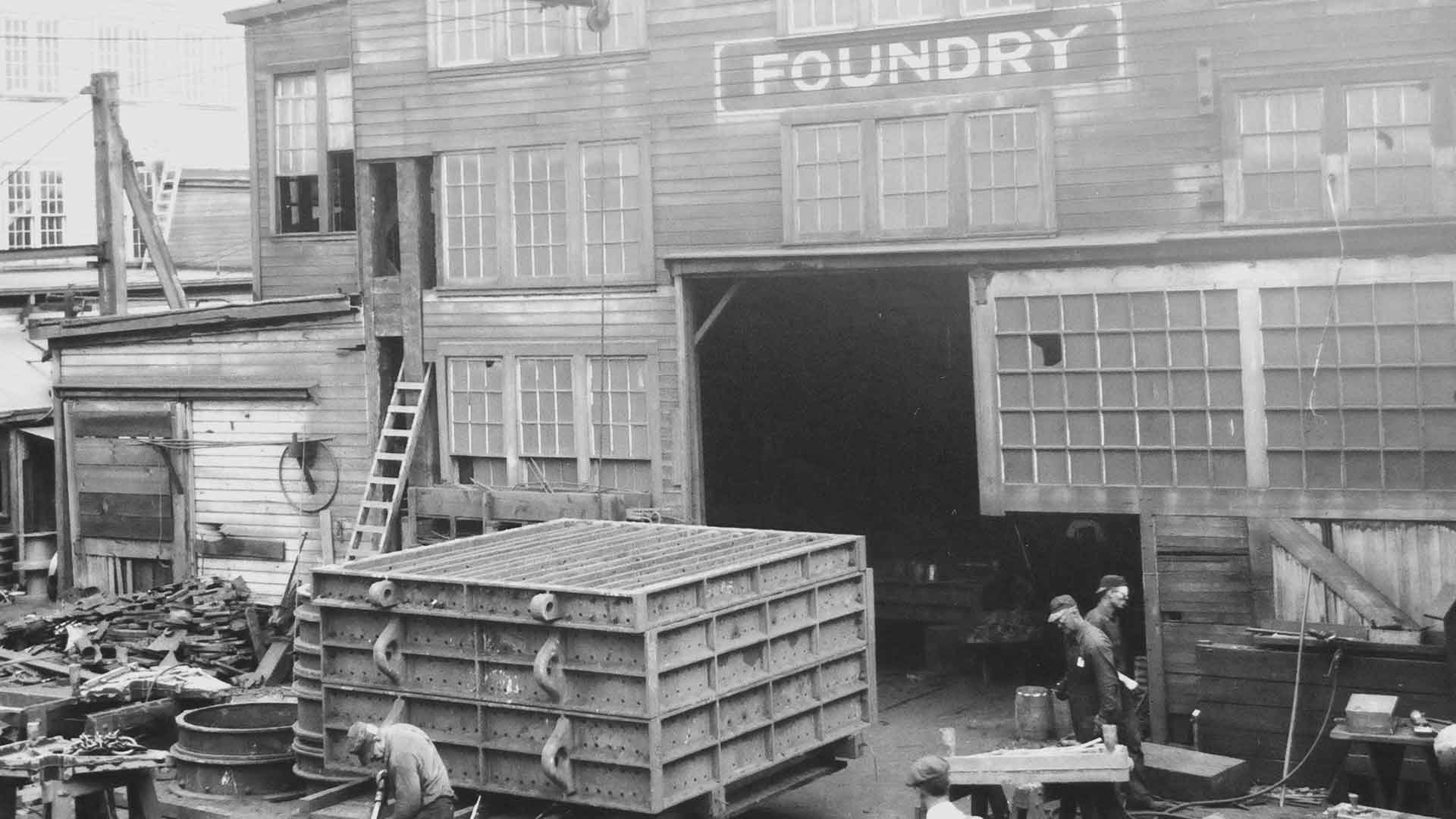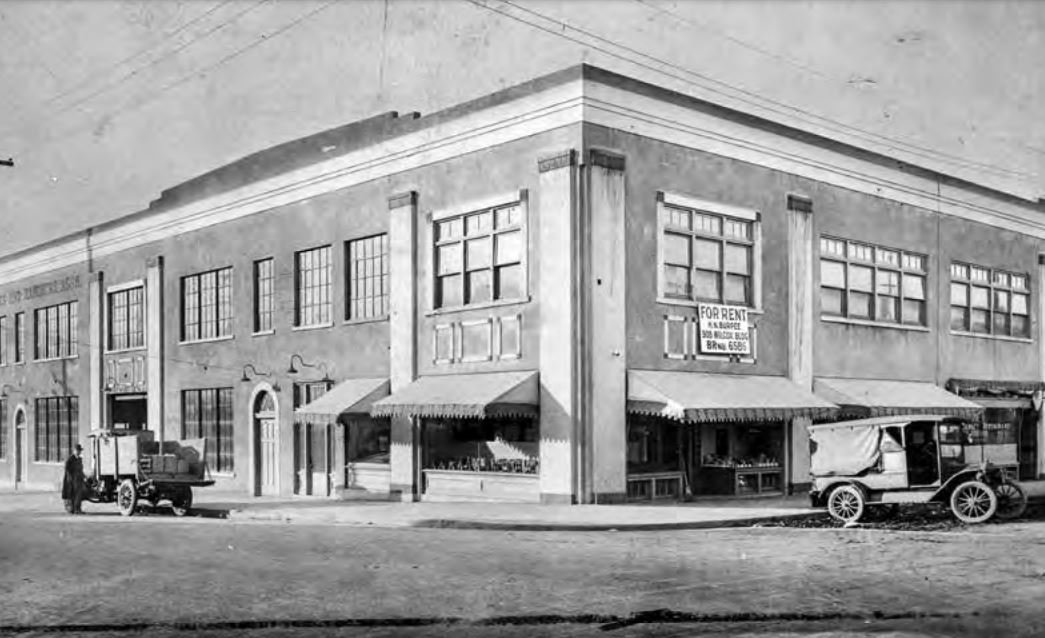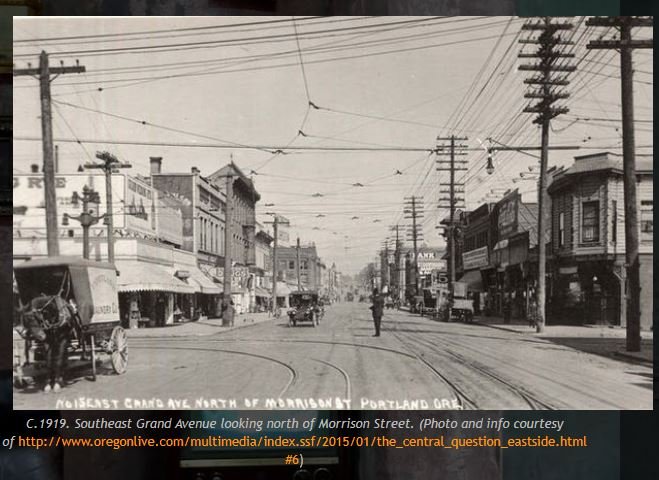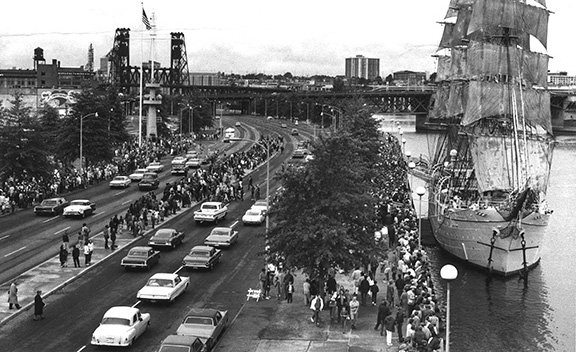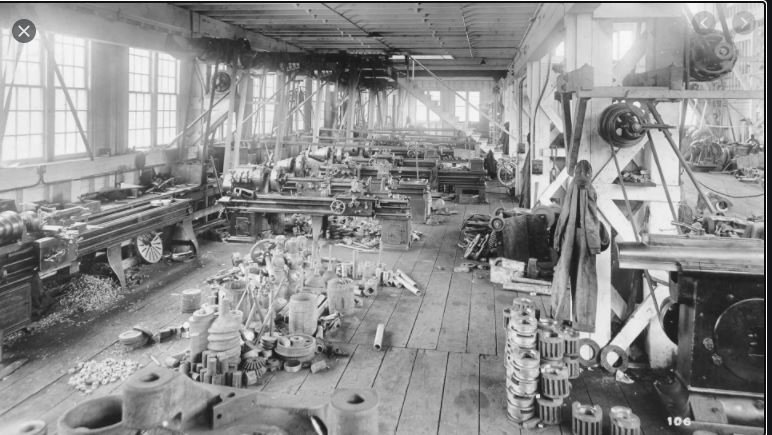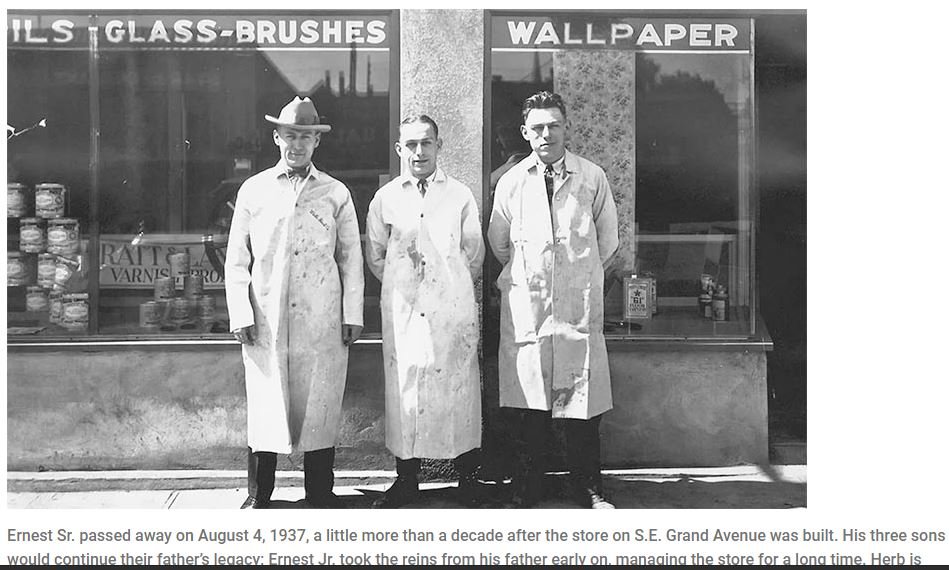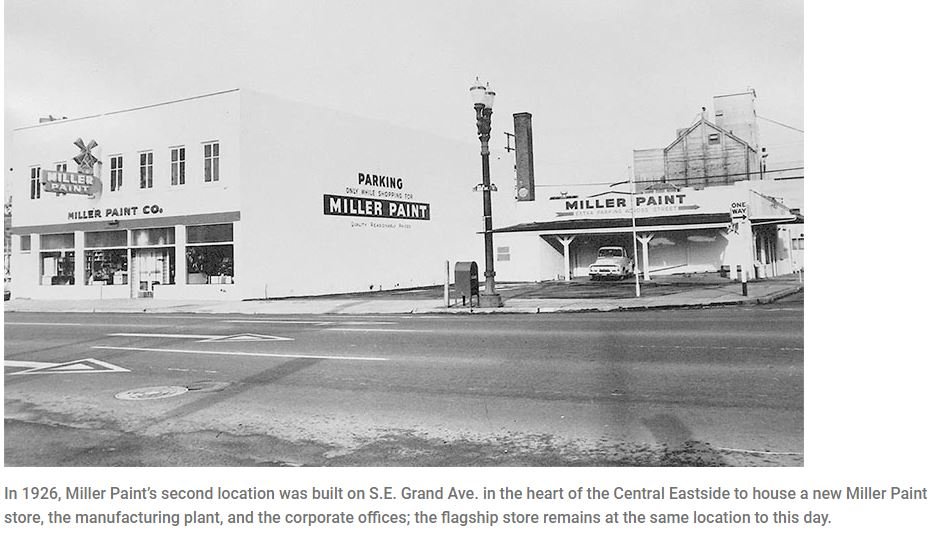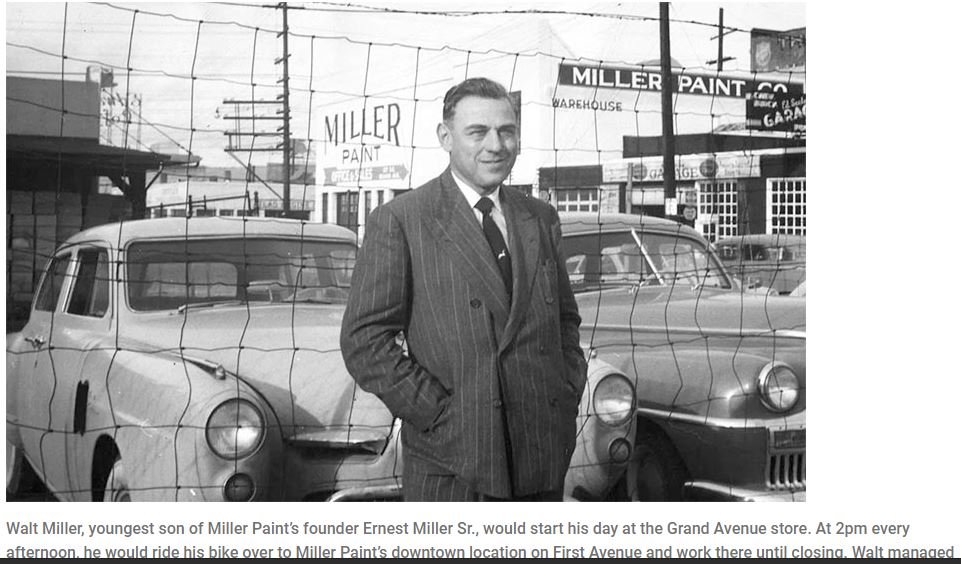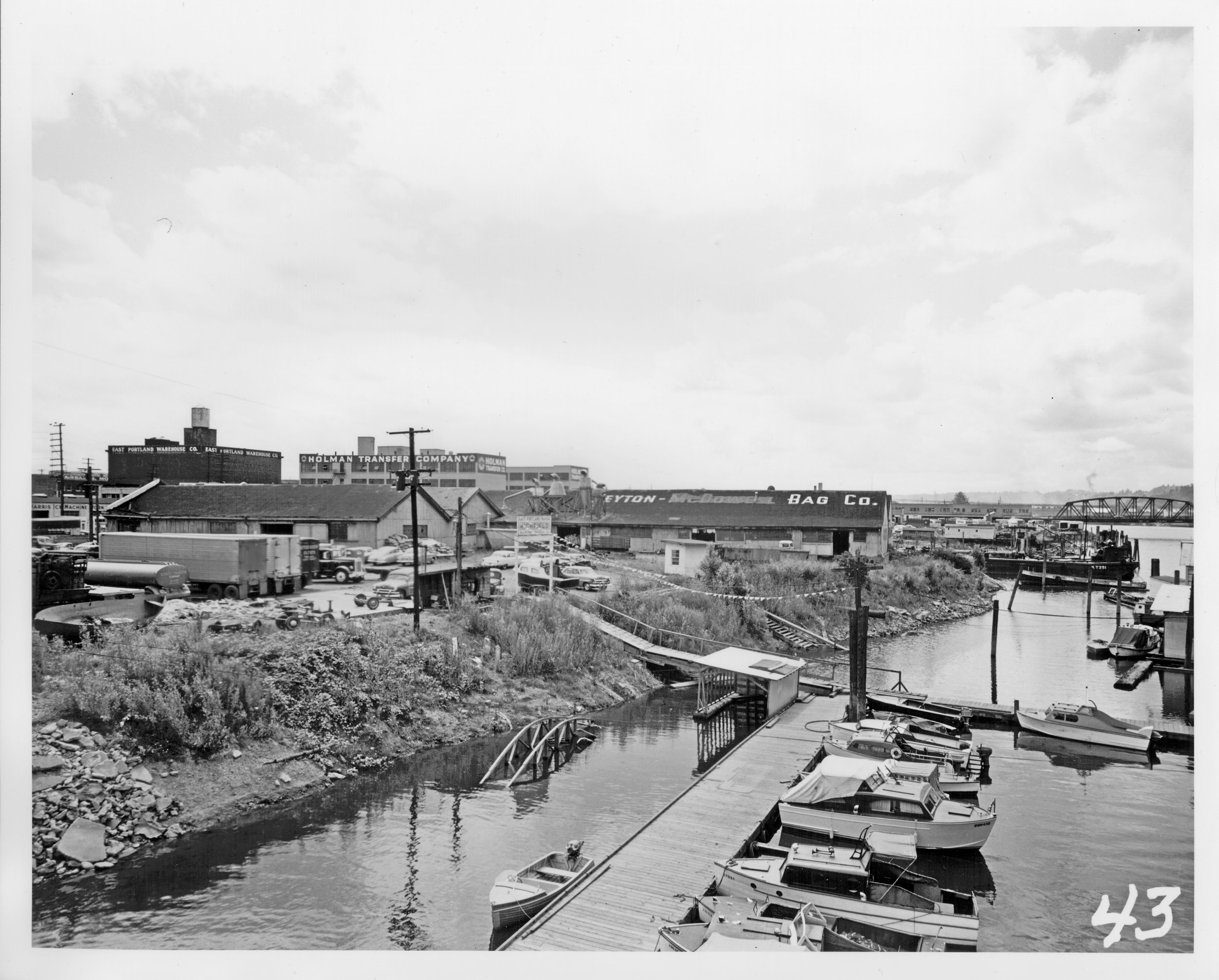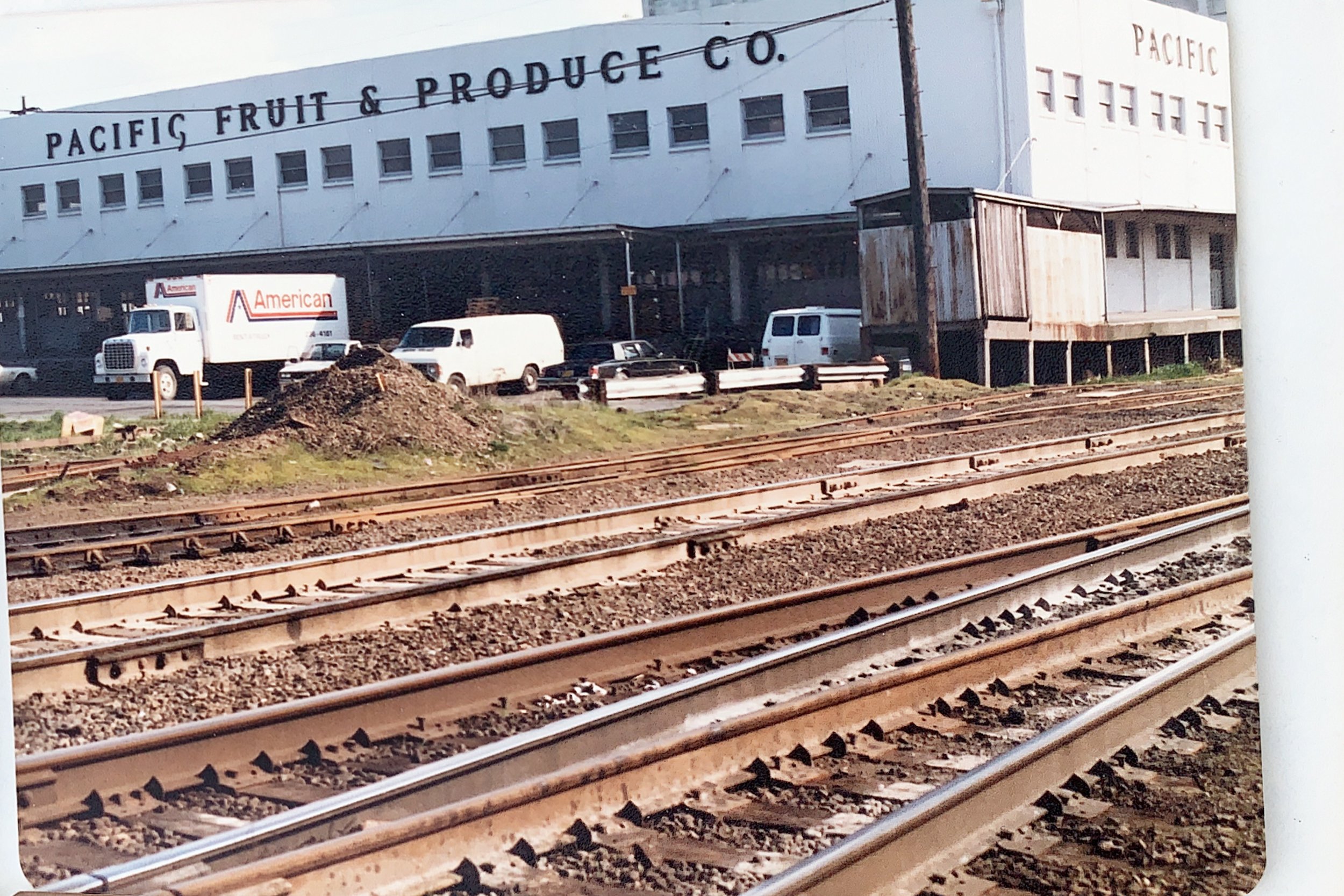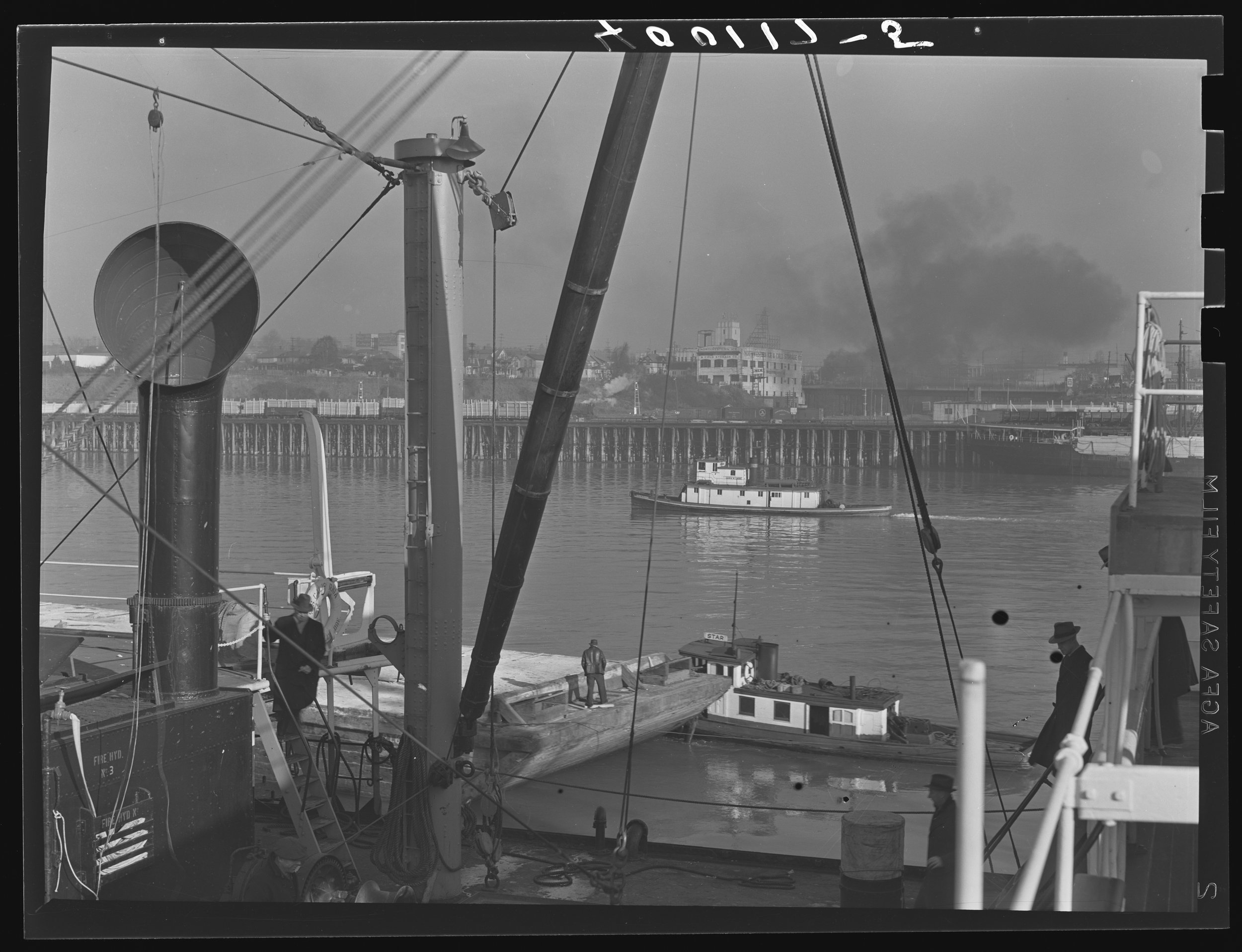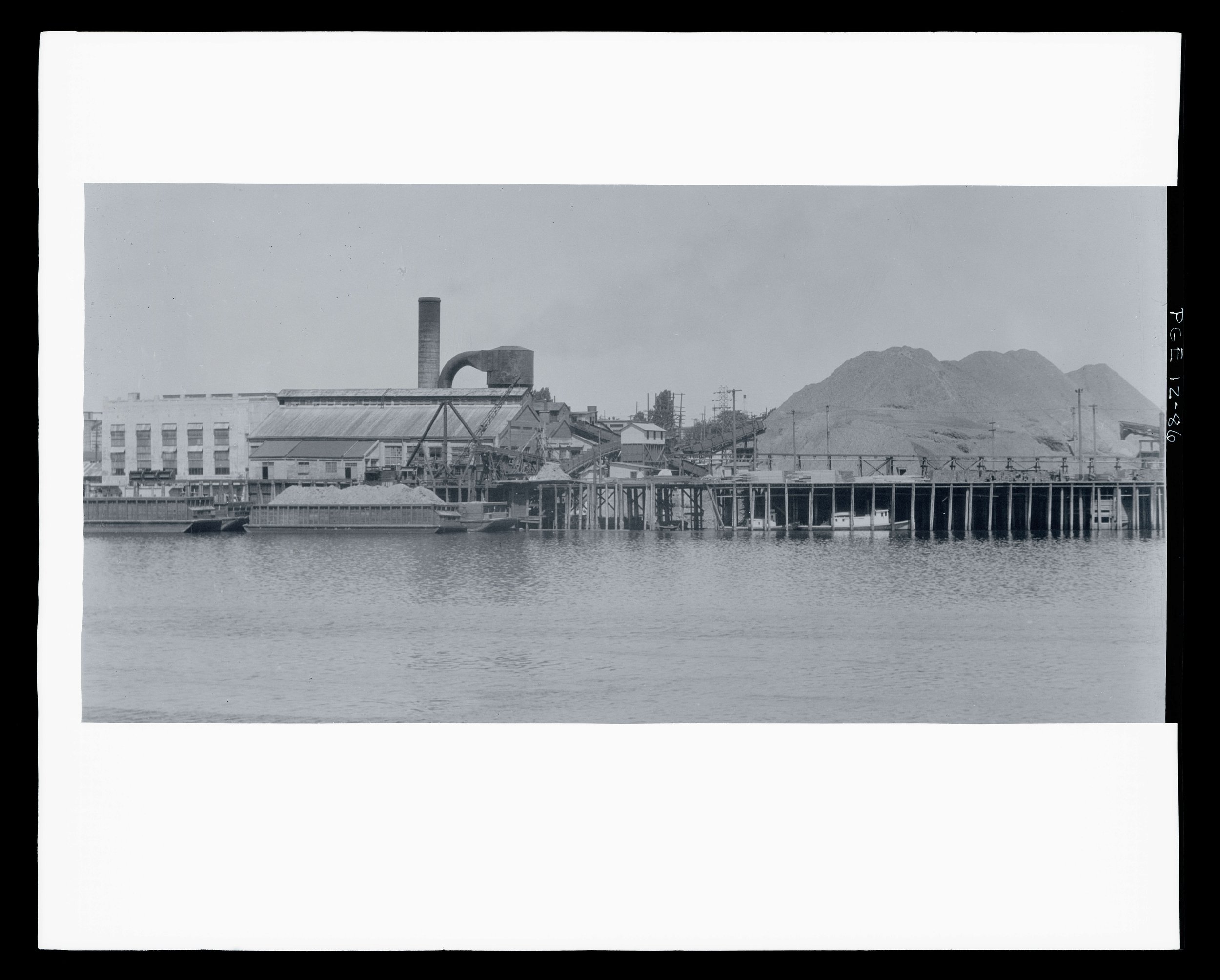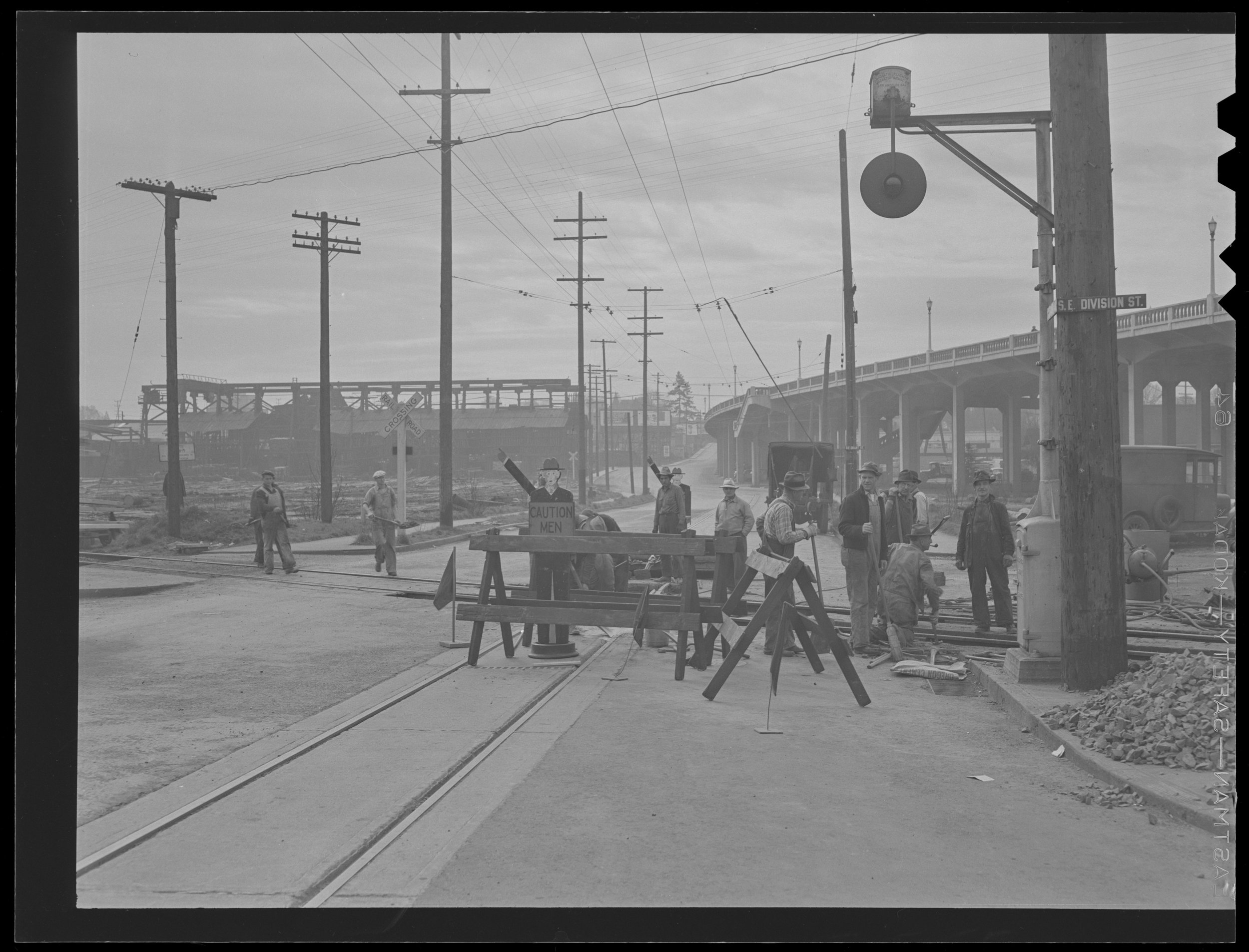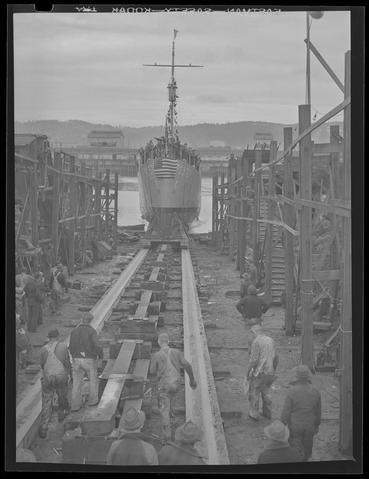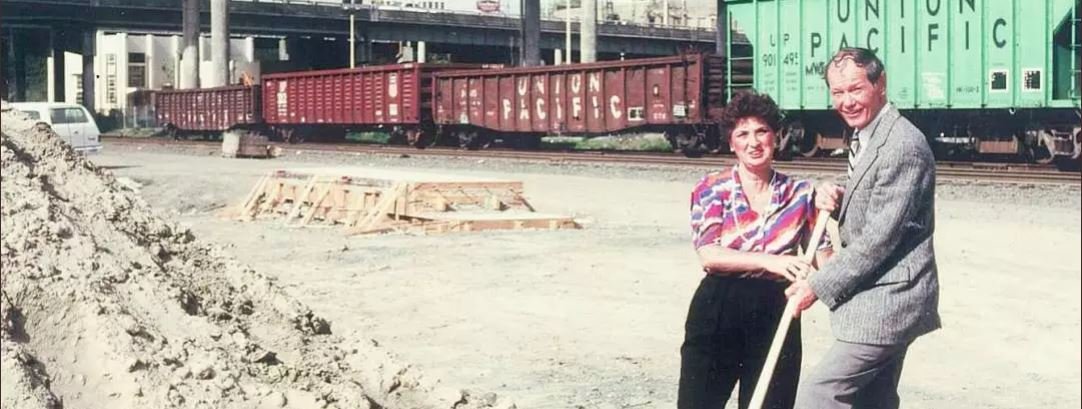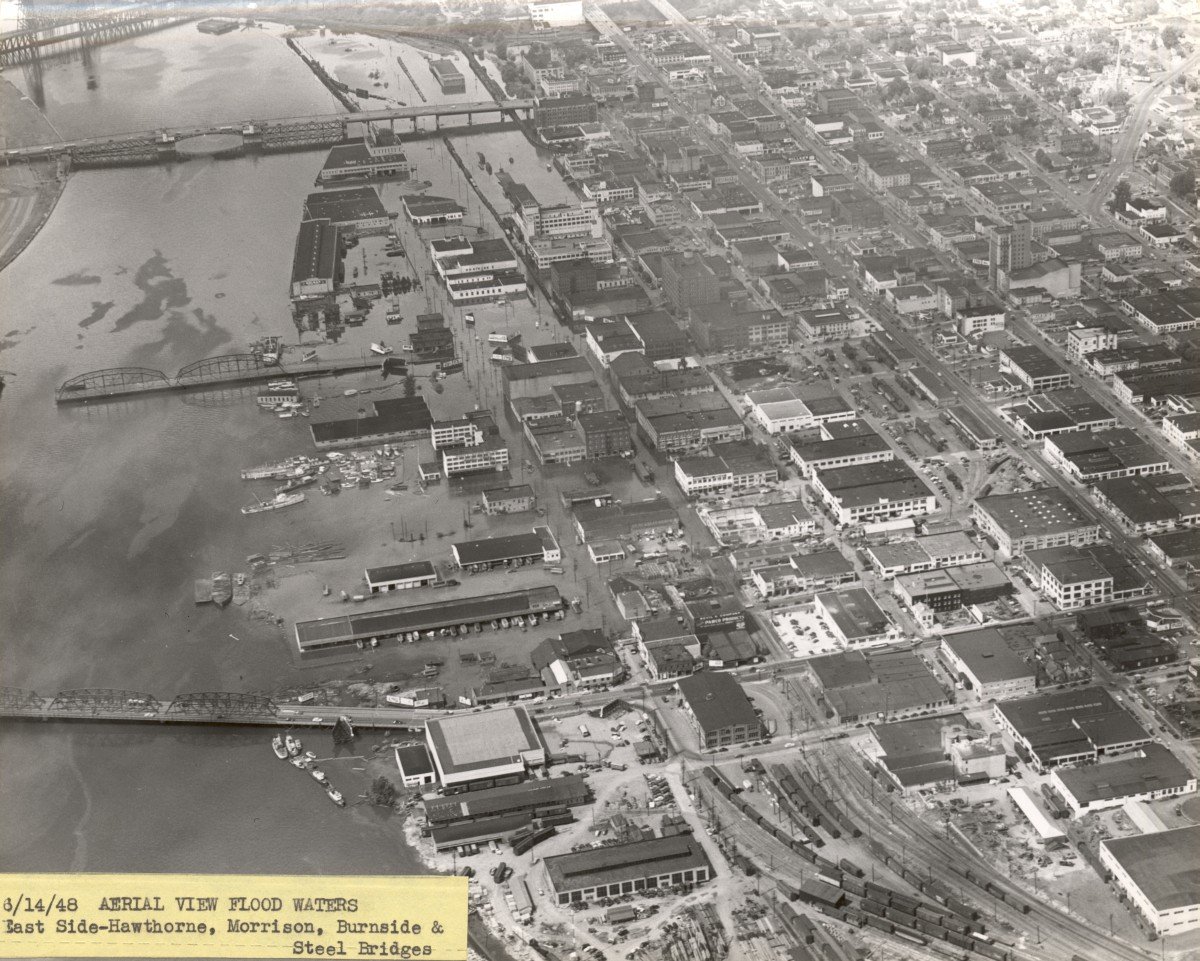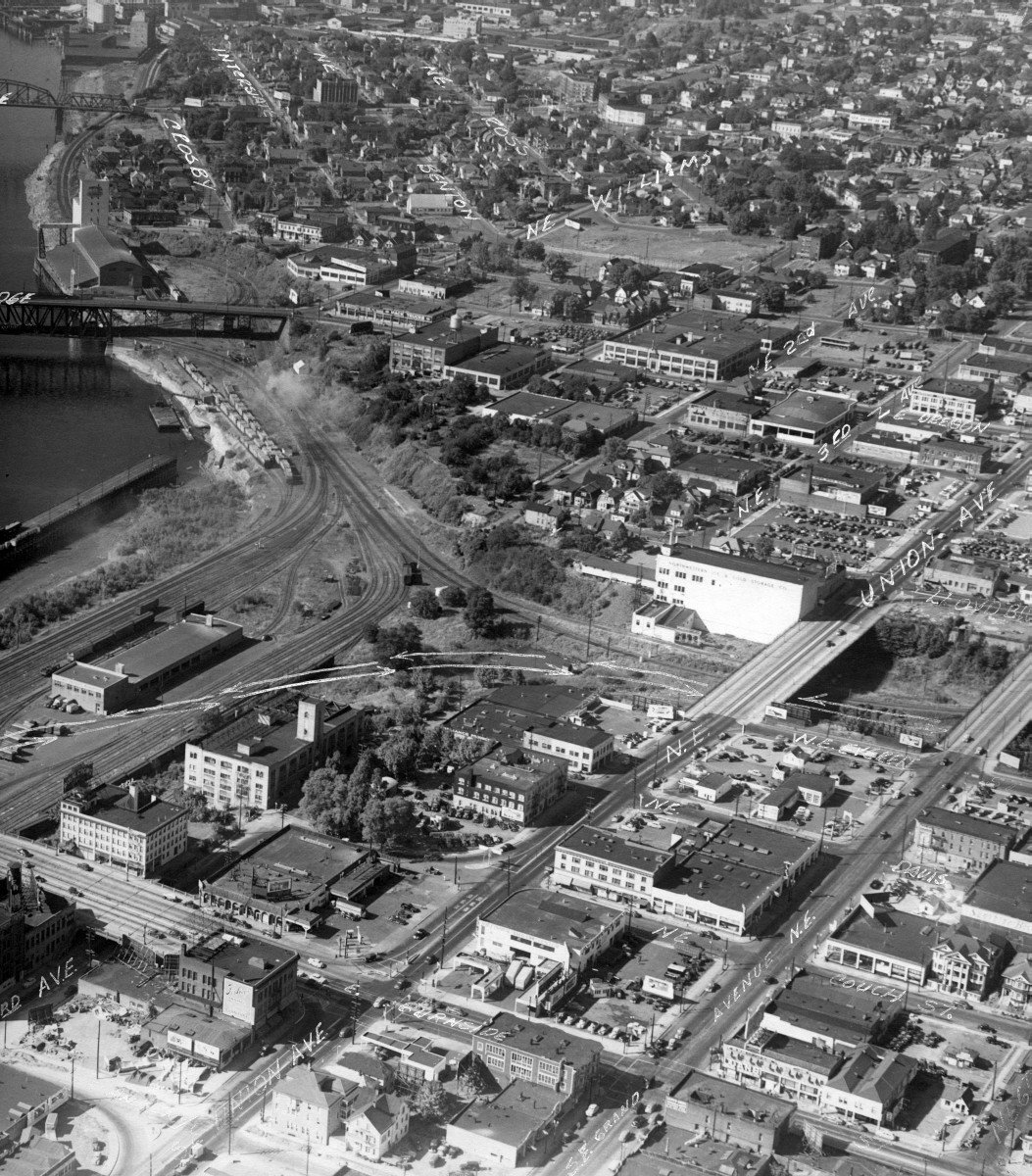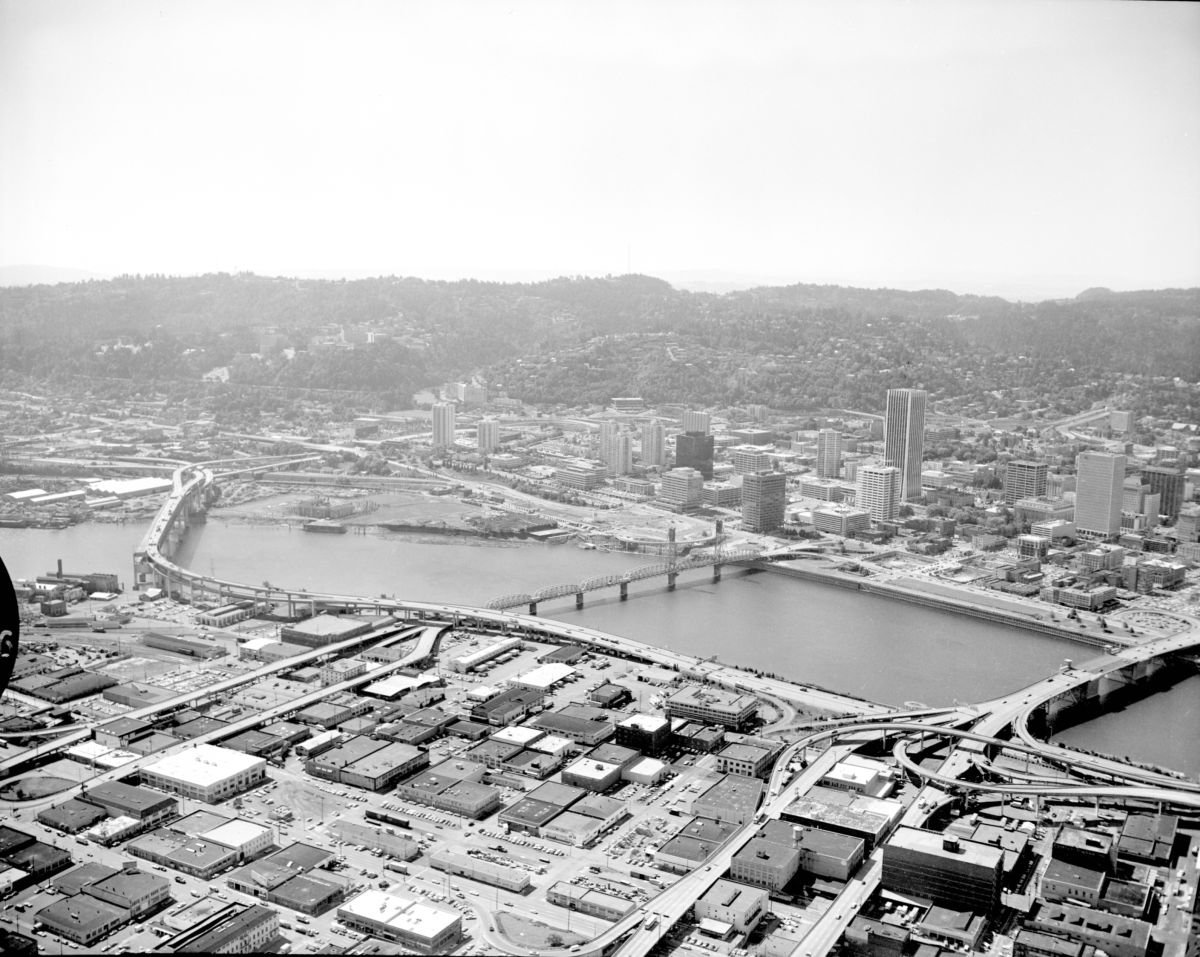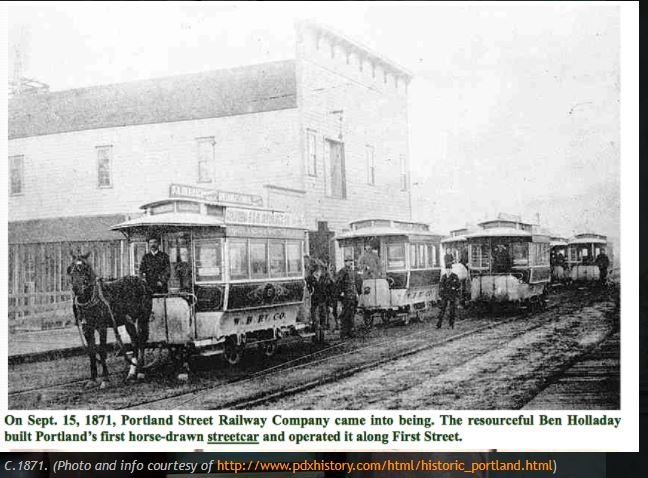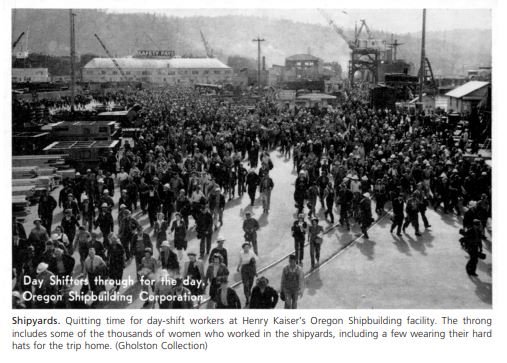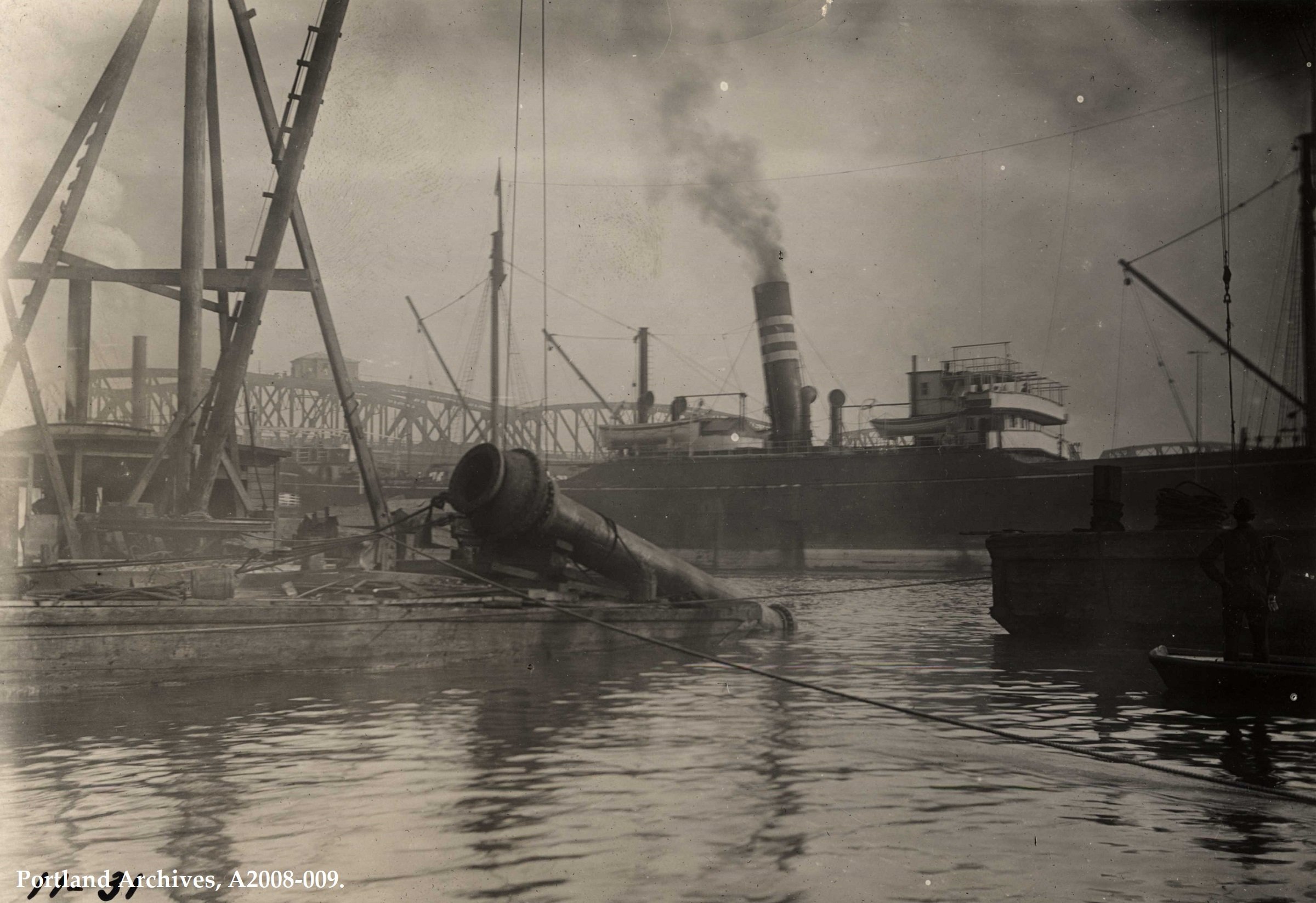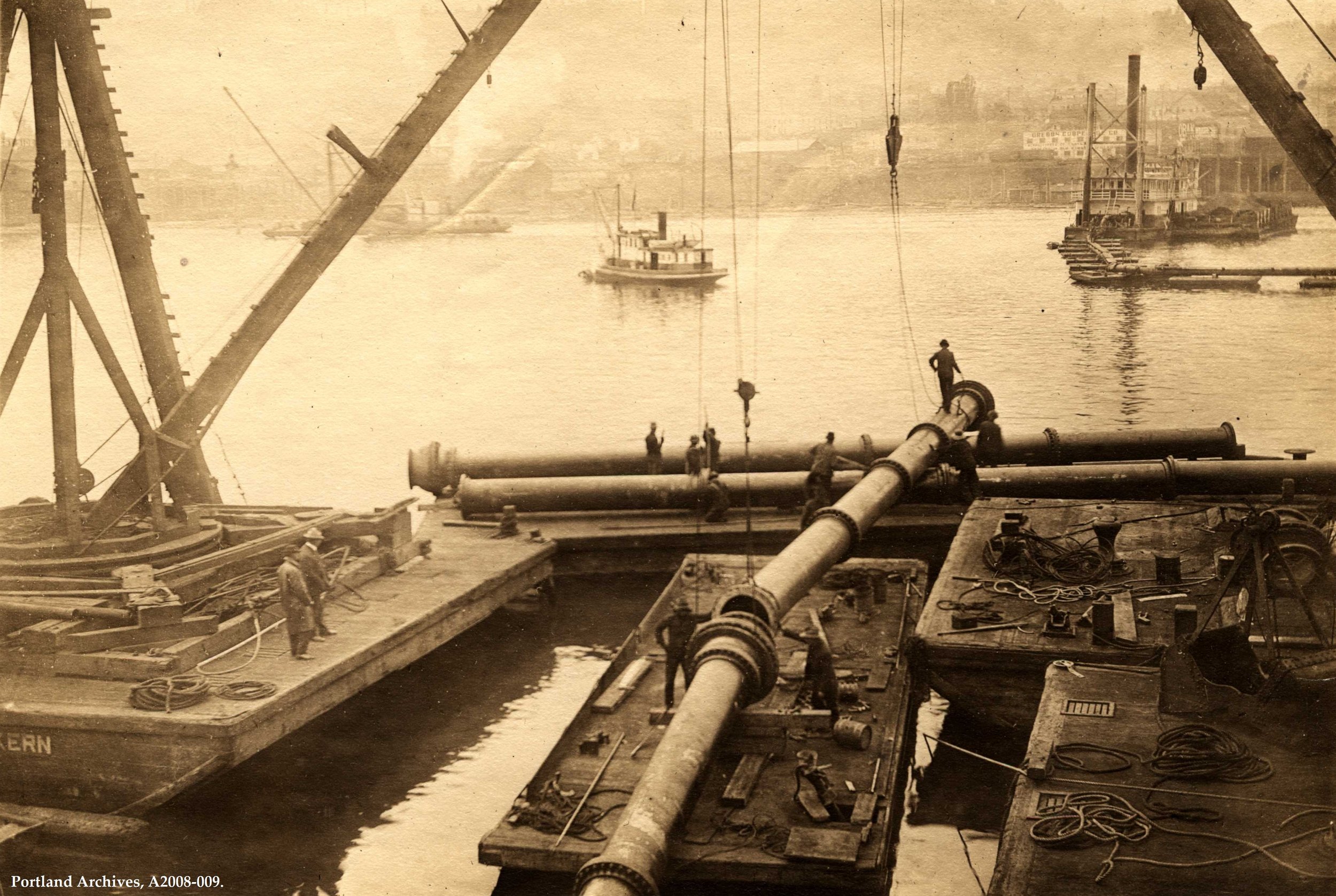CENTRAL EASTSIDE History
In the process of launching a Mural District and painting dozens of murals in the Central Eastside, PSAA has collected information and stories about the district’s unique history. Some of our mural work in the Central Eastside is site-specific, inspired by the district’s long history and evolution.
A great example of this is the Central Eastside History Mural, where we partnered with historians at Portland State University to create a mural that honored the district’s nautical roots, and the Produce Row mural that honors the history of produce shipping, processing, and warehousing in the Central Eastside. Site-specific art refers to interventions in a specific locale, where artists create work that is integrated with its surroundings and that explores its relationship to the topography of its locale, whether indoors or out, urban, marine, or otherwise.
As Portland experiences accelerated redevelopment and demographic changes, there is an increased urgency for the creation of spaces that welcome artists to work, grow, and thrive. The Central Eastside Industrial District (CEID) is long-time “industrial sanctuary.” In the early 1900s, thanks to the fertile Willamette Valley, Italian immigrants established fruit and vegetable wholesale distribution and transportation networks. This new riverside industrial district became known as “Produce Row.” At the heart of this historic industrial area, are two parallel loading dock streets - 2nd & 3rd Avenues. These thoroughfares transect four viaducts - under the Hawthorne and Morrison Bridges that create deep cavern-like spaces cutting through the Central Eastside. This unique environment creates opportunities for large-scale artwork. With recent changes in zoning, and increased interest in development, this area is rapidly changing. PSAA’s Mural District initiative aims to help ensure that street and graffiti-style art remains an essential element of the district and future development.
A BREIF HISTORY
The Central Eastside Industrial District along the Willamette River was an industrial and maritime hub for shipping and commerce in the late 1800s. Portland historian and PSU Professor Emeritus, Dr. Carl Abbott explains that, “Willamette River shipping grew Portland from a straggling settlement to a major city. The docks, mills, and warehouses of the eastside were central to its industry and commerce in the 19th and early 20th century.”
In 1913 Italian immigrants began establishing truck farms that supplied fruit and vegetable wholesalers in a bustling new riverside industrial district that became to be known as “Produce Row.” At the heart of this historic industrial area, are two parallel loading dock streets - 2nd & 3rd Avenues. These thoroughfares transect three viaducts - the Hawthorne Bridge, Morrison Bridge, and Burnside Bridge pass overhead creating deep cavern-like spaces cutting through the Central Eastside. In 1981 it was officially declared in as an ‘industrial sanctuary’ an effort to maintain its unique land use and character. Warehouses and storage facilities were a significant part of the district’s beginnings, and the area provided a variety of blue-collar jobs (Jones, 2014).
Today, SE 2nd and 3rd Avenues still rumble with heavy trucking activity, but the industrial uses have changed, with cleaner and lighter wholesalers, and an increasing number of exclusive commercial services, including fine dining restaurants, multi-media production, as well as high-end retail have begun moving into the CEID (Jones, 2014). This is juxtapose to Portland’s booming creative, tech, and service industry, which is closing in on this historic industrial sanctuary. The infamous DIY Burnside Skatepark lies just a few blocks north on SE 2nd Avenue, nestled underneath the Burnside Bridgehead surrounded by sparkling modern towers.
Produce Row used to be the home to dozens of produce warehouses, some of which are still in operation today. Family-owned Rinella Produce at 231 SE Alder St opened in 1914. The Rinella and Lombardo families immigrated from Sicily and Rome to the US. The business has been passed down from father to his son and is one of the oldest produce distribution buildings on the West Coast of the US.
Over the past three or four decades, Produce Row has nurtured newer generations of produce distributors. Pacific Coast Fruit Company at 201 NE 2nd Ave is another produce company that still exists on Produce Row. Pacific Coast was founded in 1977 by Emil Nemarnik. Today they have become one of the largest, independent produce distributors in the Northwest.
Alexis Foods at the corner of SE Stark and 2nd was established by Alexis Bakouros in 1987 after operating a successful Greek restaurant. Using his European contacts, Alexis was able to import high quality specialty foods from Greece, Spain, Italy and France. As the local market evolved and vendors emerged, Alexis Foods' product line expanded to also source crafted, locally sustainable products.
Even though Produce Row continues to thrive as a distribution hub, many of these warehouses and distributors are now gone, including the Independent Fruit and Produce Company. Another lost landmark was the Corno family-owned produce market. Corno’s opened in 1951 and was a very popular and well-loved market in Portland. It closed its doors in 1995, and was torn down in 2006 to make way for a pipe project which runs under 3rd Ave now.
Today, the Sheridan Fruit Company at 409 SE MLK Blvd is the last of Portland’s ‘old-school’ produce markets. In 1916, John Sheridan started an open-air produce market on Union Avenue (now MLK Blvd). In 1946, the Poleo Brothers, whose family still owns and operates The Sheridan Fruit Company today, purchased the company and began a wholesale operation in 1950.
